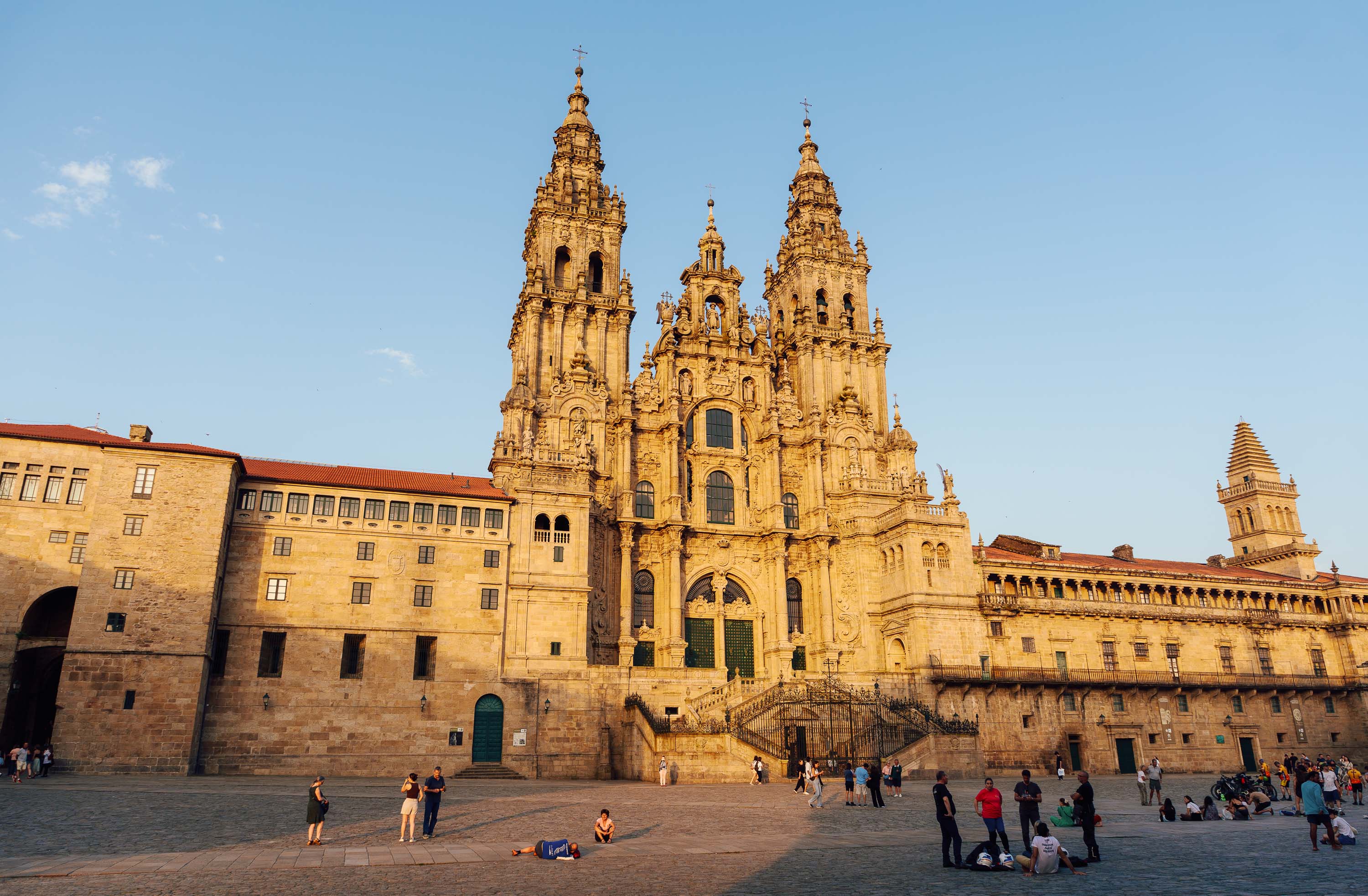
Review: Sony A7C II | Best Sony Travel Camera?
Published 17 October 2025 by MPB
If you're a travel photographer with your eye on Sony, look for the letter C. In this case, the C (in A7C) stands for compact. The original A7C was a serious breakthrough, with a full-frame sensor you can sling over your shoulder and take anywhere. You can change the lens, giving you more flexibility on the road than a fixed-lens travel camera would.
When Sony released the A7C II in 2023, travel photographers — including MPB's Connor Redmond and Justin Patricolo — immediately started making plans. So, how does it hold up in the wild? Connor took his on a two-week pilgrimage across Spain to Santiago de Compostela, while Justin joined the famous Mermaid Parade on Coney Island, Brooklyn.
So pull on your sandals, stick on your sequins and join us as we put the Sony A7C II through its paces. MPB is fully independent, so you can trust this review to tell it like it is: blisters, glitter and all.
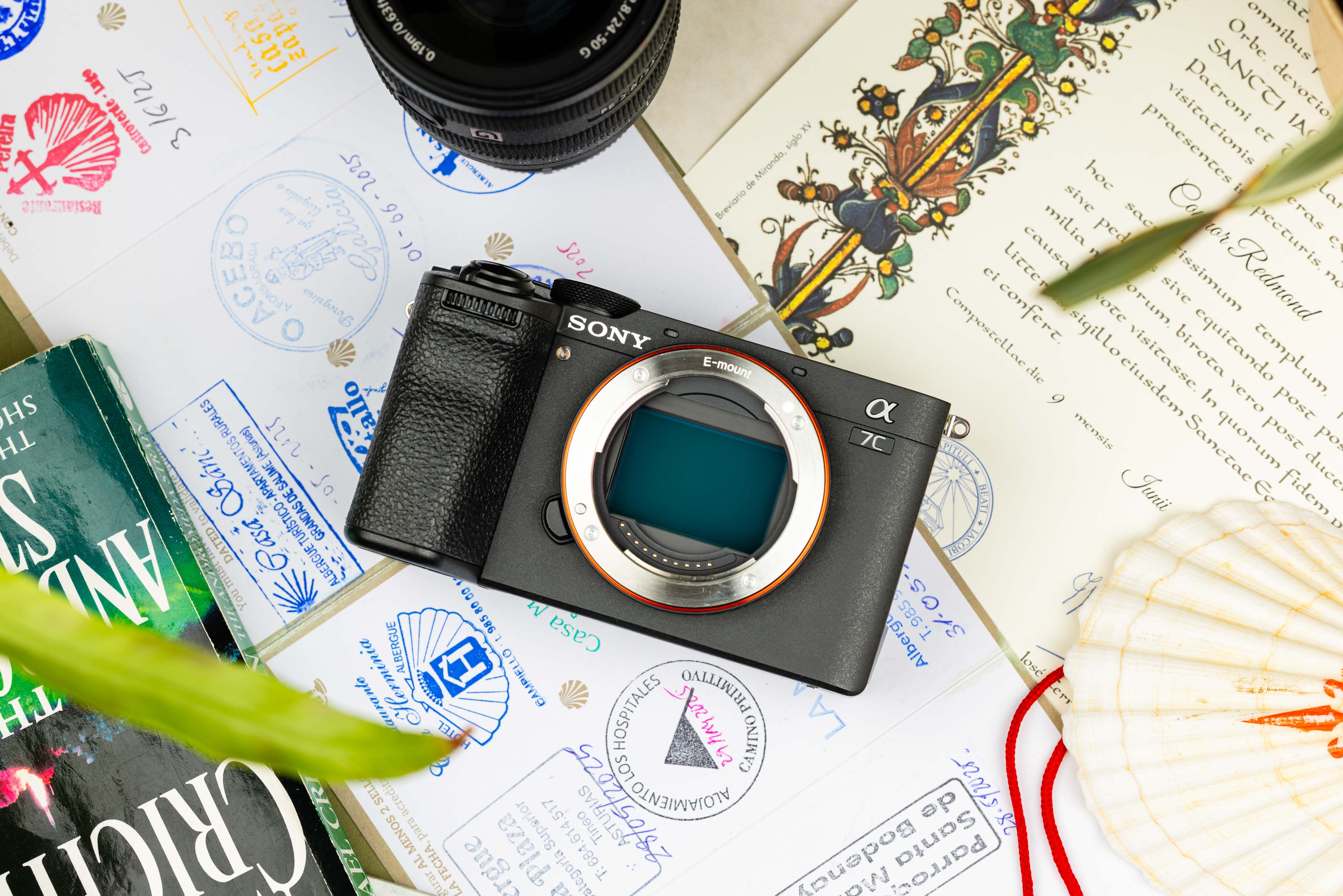
Used Sony A7C II
Sony A7C II Specs
Sensor | Full frame | |
Megapixels | 33 | |
Resolution | 7008 x 4672 | |
Max shutter (mech) | 1/4000 | |
Max shutter (elec) | 1/8000 | |
Burst | 10 fps | |
ISO | 100–51,200 | |
ISO, exp | 50–204,800 | |
IBIS | 5-axis, 7 stops | |
Mount | Sony FE | |
Media | Single UHS-II SD | |
Max video | 4k 60p | |
Battery | NP-FZ100 | |
Battery, CIPA | 540 | |
Size, mm | 124x71x63 | |
Weight, g | 514 | |
Released | 2023 |
Pros
Compact and lightweight design
Impressive 33-megapixel resolution
Silky autofocus system with fast, accurate subject tracking
Effective 5-axis in-body image stabilisation (IBIS)
Strong video capabilities and stabilisation for smoother footage.
Great for both stills and video, ideal for content creators on the move.
Cons
No dedicated autofocus joystick
Undersized grip and controls
Single SD card slot only
Small, low-res electronic viewfinder
4K 60p video has an APS-C crop
Quick Verdict
The Sony A7C II might just be the most versatile small travel camera ever made. It offers an impressive amount of features, including high-end tools like S-log and 10-bit 4:2:2. You also get Sony’s class-leading autofocus and excellent low-light performance. I found 33 megapixels to be the perfect sweet spot between resolution and speed/performance.
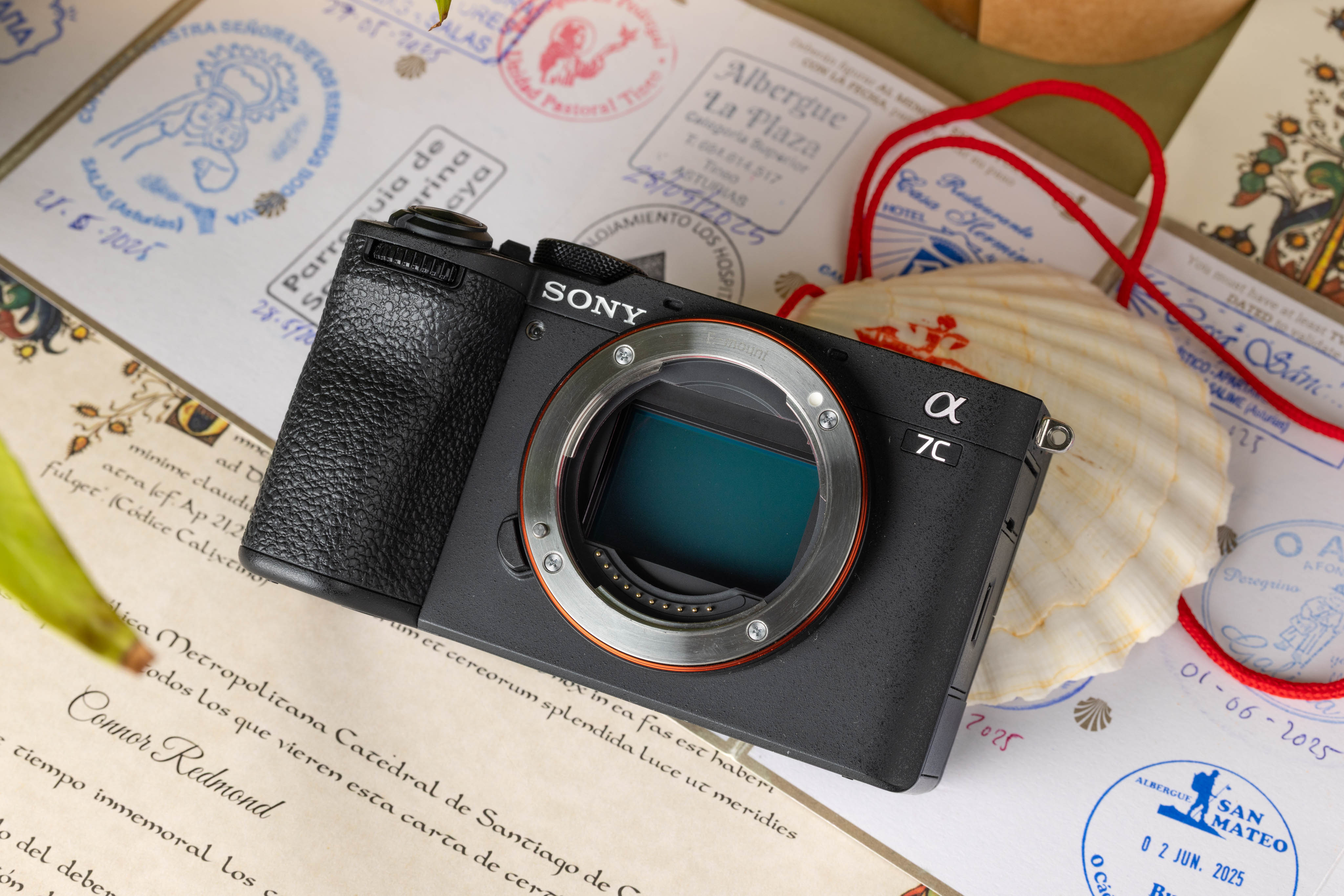
Used Sony A7C II
33-megapixel Backside-illuminated Sensor
At the heart of the A7C II is a 33-megapixel sensor—the same brilliant full-frame sensor you’ll find in the Sony A7 IV. It strikes a really nice balance between resolution and low-light performance, making it ideal for hybrid creators who want detailed stills without excessive noise in low-light scenes. I found it was more than capable of the sort of shooting I was throwing at it on the Camino de Santiago. The images are always incredibly sharp.
The A7C II has a lot of dynamic range (around 15 stops when shooting RAW), and the results are up there with much bigger cameras, just in a smaller body. Which makes you wonder: If the image quality is basically the same, why carry the heavier option when travelling? For me, it comes down to usability more than image performance. Still, it is incredibly impressive that Sony has managed to squeeze this level of power into such a tiny camera.
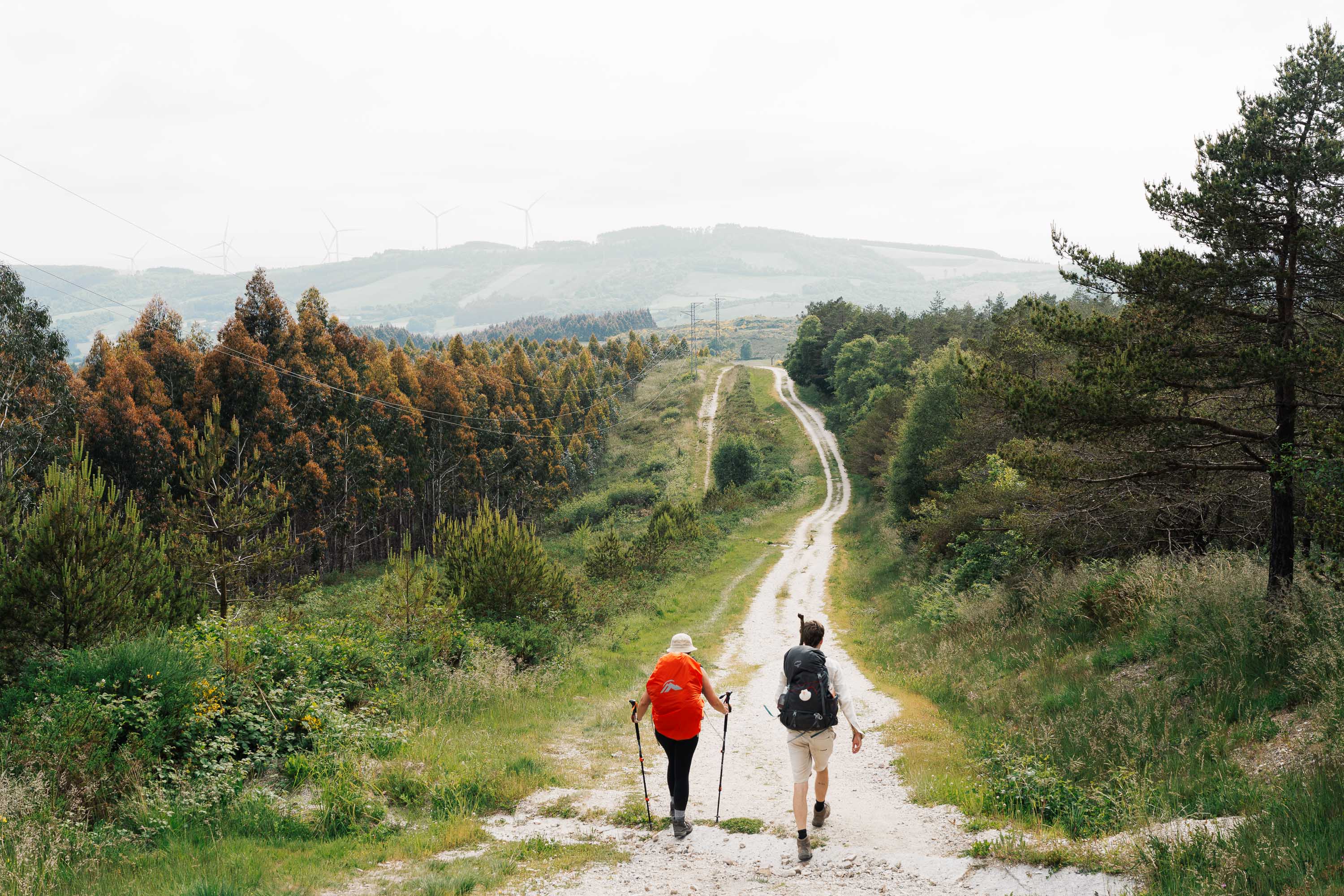
Connor Redmond | Sony A7C II | Sony FE 24-50mm f/2.8G | 50mm | f/8.0 | 1/125 sec | ISO 100
Image quality
When it comes to still photography, the Sony A7C II doesn’t disappoint. Photos are richly detailed, with natural colours and plenty of latitude for editing RAW files. At the camera’s base ISO of 100, the level of detail is superb. Editing the photos from this camera is genuinely a joy — it feels like working on a blank canvas.
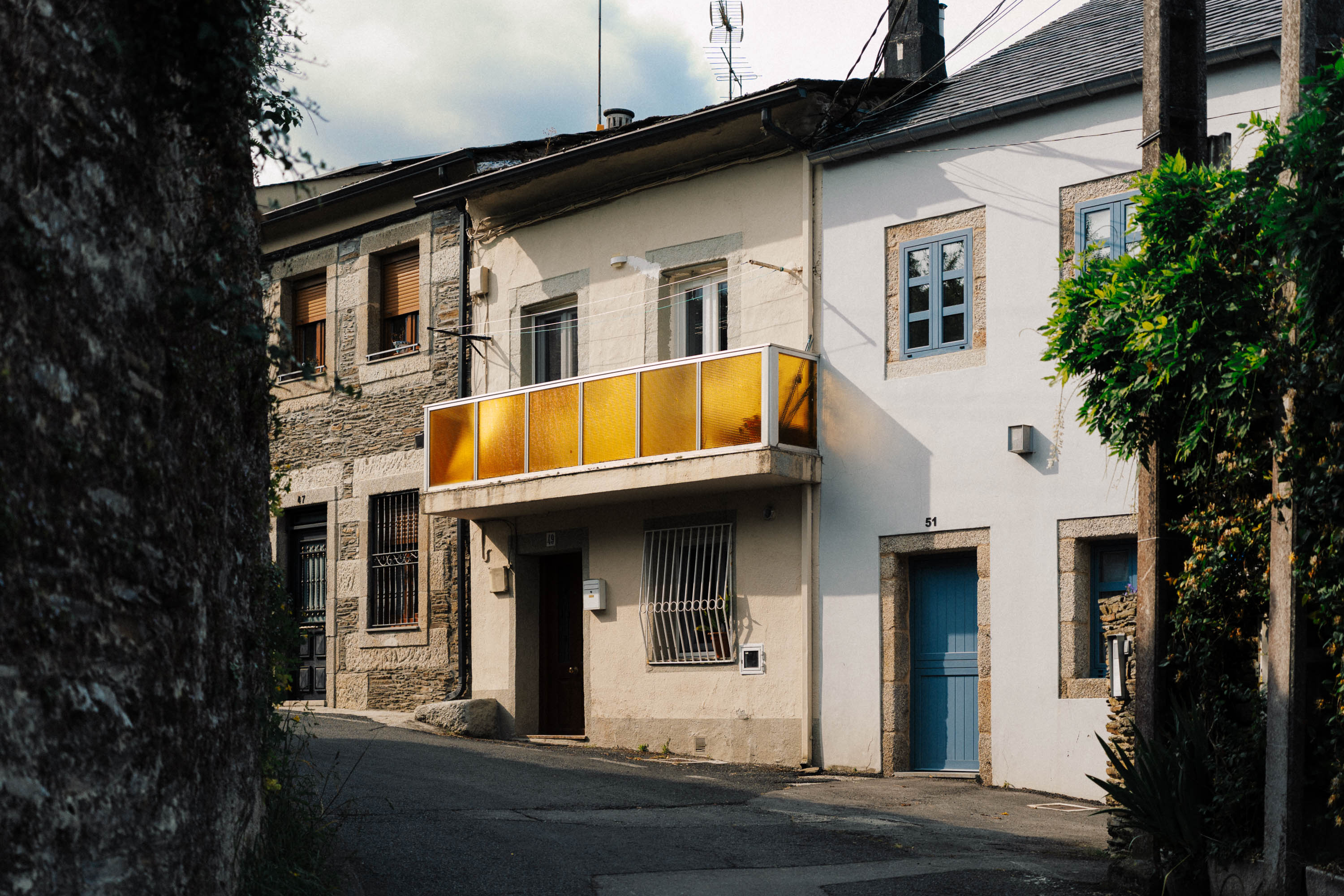
Connor Redmond | Sony A7C II | Sony FE 24-50mm f/2.8G | 50mm | f/2.8 | 1/2000 sec | ISO 100
The A7CII benefits from Sony’s refined JPEG engine, producing noticeably better out-of-camera results than earlier full-frame models. However, I still find Fujifilm or Canon JPEGs to be ahead for those who prefer more vibrant, punchy JPEGs. Sony’s files are typically quite neutral in tone, making them a great base for editing in any direction. While they’re not always the most inspiring straight out of the camera, many photographers value this neutrality as a blank canvas to shape their own style — and personally, I don’t mind it, as I prefer to edit my photos to bring out the atmosphere of the scene.
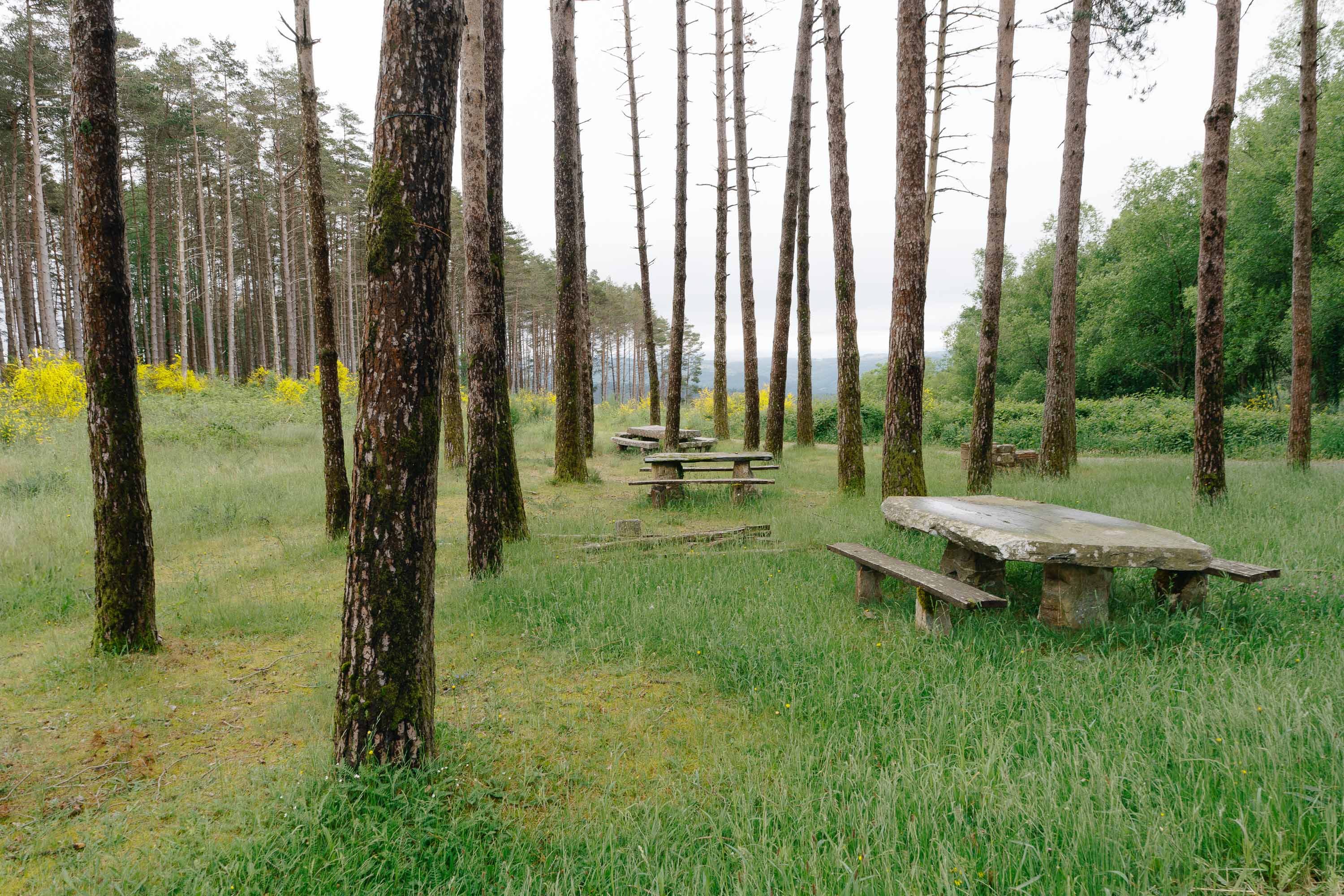
Connor Redmond | Sony A7C II | Sony FE 24-50mm f/2.8G | 24mm | f/8.0 | 1/50 sec | ISO 100
Skin tones appear natural, and the standard colour profile provides a good balance of vibrancy and realism. JPEG noise reduction is modest, avoiding the smearing of too much detail at medium ISOs. This is a welcome choice for anyone who prefers to shoot JPEGs without heavy editing.
If you shoot RAW, the files are 14-bit and highly malleable. In many cases, you can easily adjust exposure by five stops or more, which speaks to the sensor’s quality. RAW's colour depth and tonality are excellent, giving much room for creative grading.
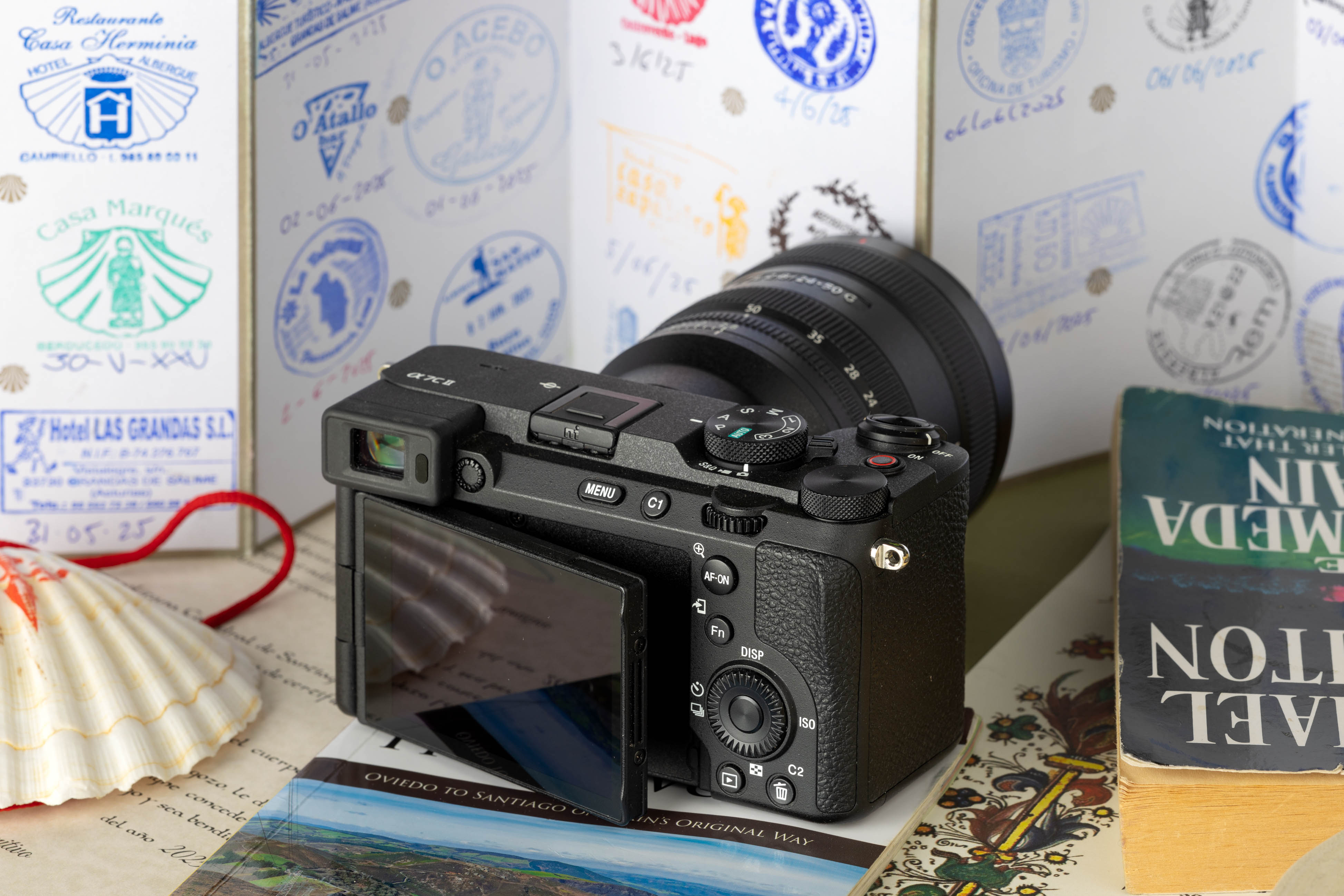
Sony A7C II rear screen
Design and Handling
The Sony A7C II follows a rangefinder-style design, meaning the electronic viewfinder is positioned in the top-left corner of the body rather than the centre. This helps keep the size down and gives the camera a distinctive rangefinder-inspired look that’s back on trend.
The camera comes in two finishes: all-black or black-and-silver. Despite being so compact for a full-frame camera, it feels secure in the hand thanks to its magnesium alloy build and weather-sealing against dust and moisture.
It’s worth remembering that while it can handle travel and light outdoor conditions just fine, it’s not built for harsh environments or heavy rain. It’s made to go anywhere with you, not to survive a snowstorm, and that’s a compromise most travel and street photographers can live with.
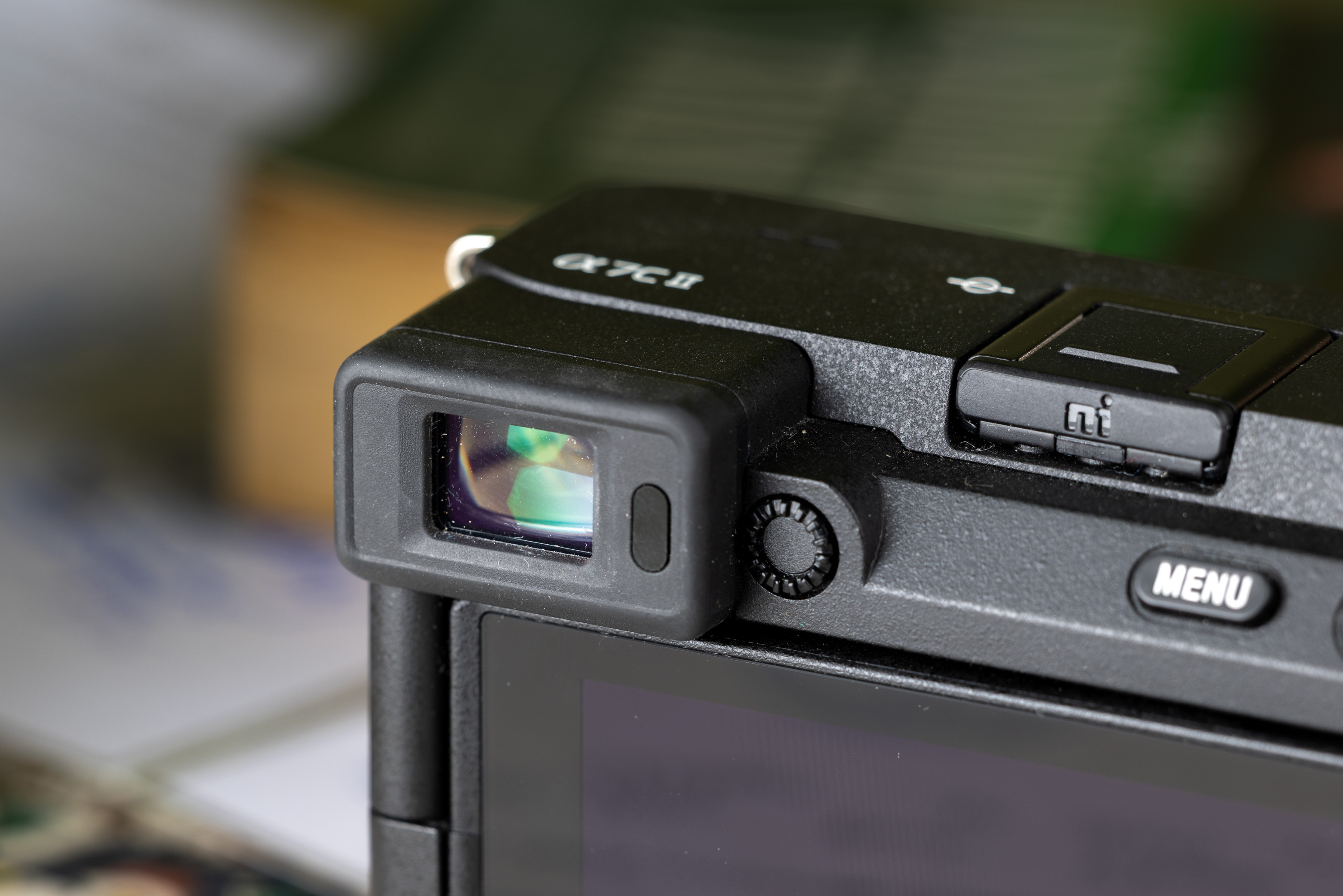
Sony A7C II viewfinder
The A7C II has a better grip than you might expect for its size. In my smaller hands, it felt just right, though I can see photographers with larger hands finding it a bit tight. The grip itself is more pronounced than on the original A7C, which helps with comfort.
There’s an indent for your middle finger and a decent rear thumb rest, so it feels secure even when shooting one-handed. If you’ve got bigger hands or plan to use heavier lenses, Sony’s optional GP-X2 extension grip is worth a look. It screws into the tripod mount and gives you a more substantial hold, which I would use if using a bigger lens than the Sony FE 24-50mm f/2.8 G.
Overall, the handling is quite good for such a tiny full-frame body. It's comparable to holding one of Sony’s APS-C bodies (like the Sony A6600) but with a slightly deeper grip. The button layout will be familiar to anyone who has used a Sony camera before, though there are a few thoughtful tweaks that make it nicer to use than the original A7C.
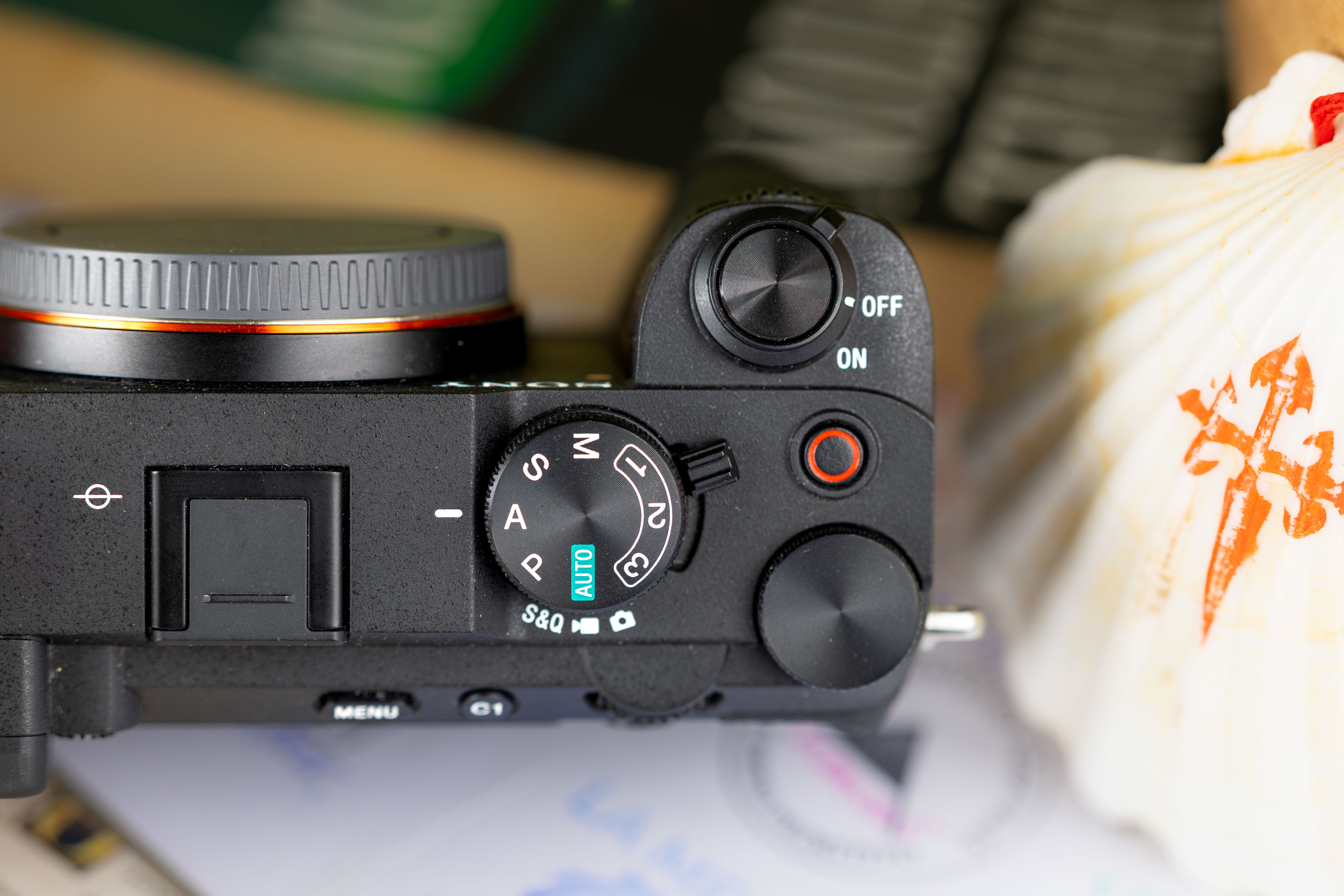
Sony A7C II top dials
One notable design change in the A7C II is the addition of a front control dial and an extra custom button, both missing from the original A7C. On the top plate, what used to be a dedicated exposure compensation dial is now an unmarked, assignable dial that you can set to your preferred setting—ISO, aperture and so on. This makes shooting much smoother since you’re no longer stuck repurposing the single rear dial for everything.
The top also features a new three-way mode selector lever (located around the mode dial) for switching between stills, video and S&Q (Slow & Quick) modes on the fly. This is a handy addition for hybrid shooters. It lets you jump between photo and movie mode without having to dig through menus.
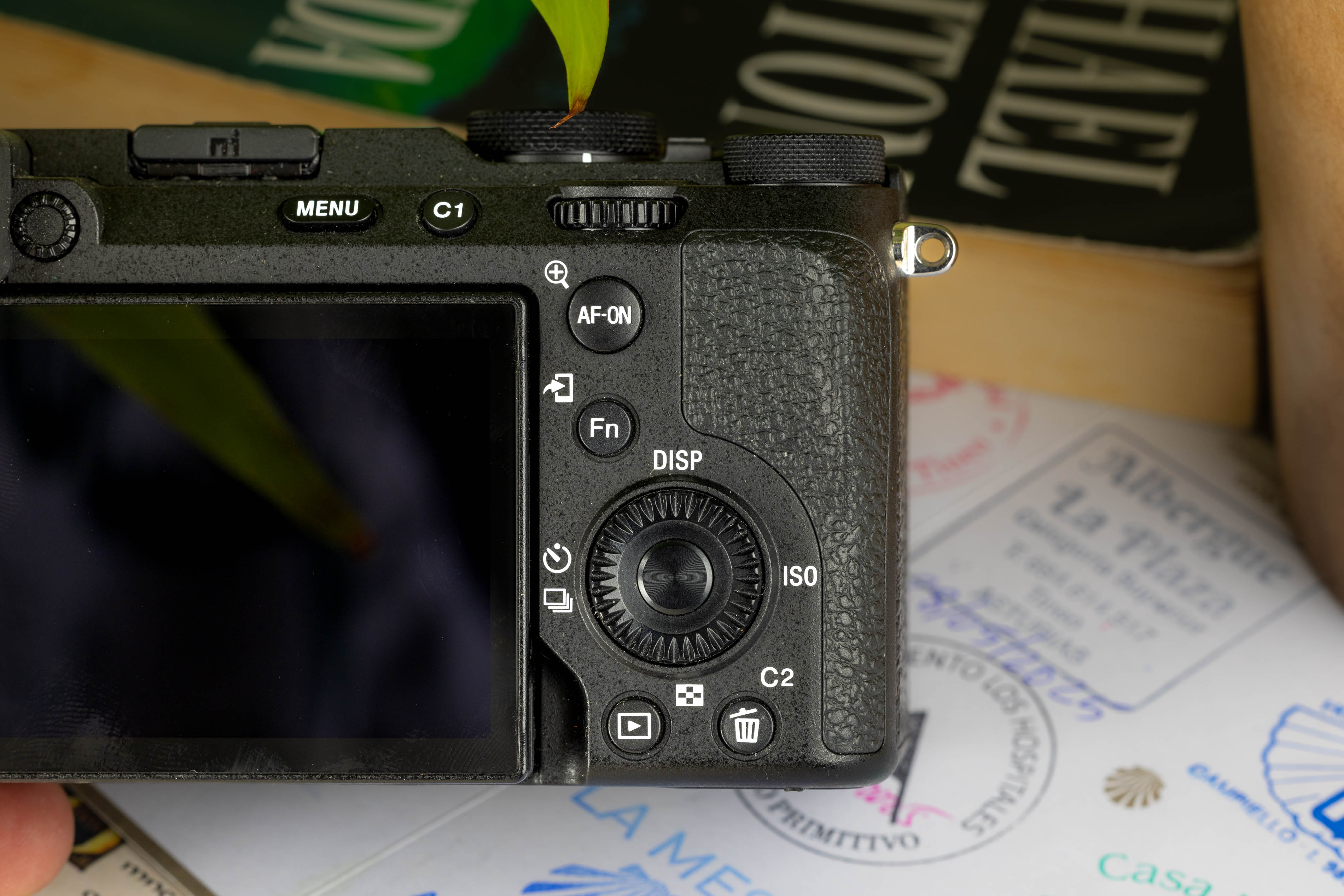
Sony A7C II rear buttons and dials
Like the original A7C, the A7C II still doesn’t have a dedicated autofocus joystick on the back, which is a shame. I’ve got so used to using one on my Fujifilm X100F. You can move the focus point via the touchscreen or directional pad, which is fine, but it doesn’t feel quite as natural.
The rest of the rear layout is classic Sony: a directional wheel/D-pad combo, several programmable function buttons and a logically placed menu button. The buttons are a bit small (understandable, given the camera’s size), but they feel tactile, click nicely and are sensibly arranged.
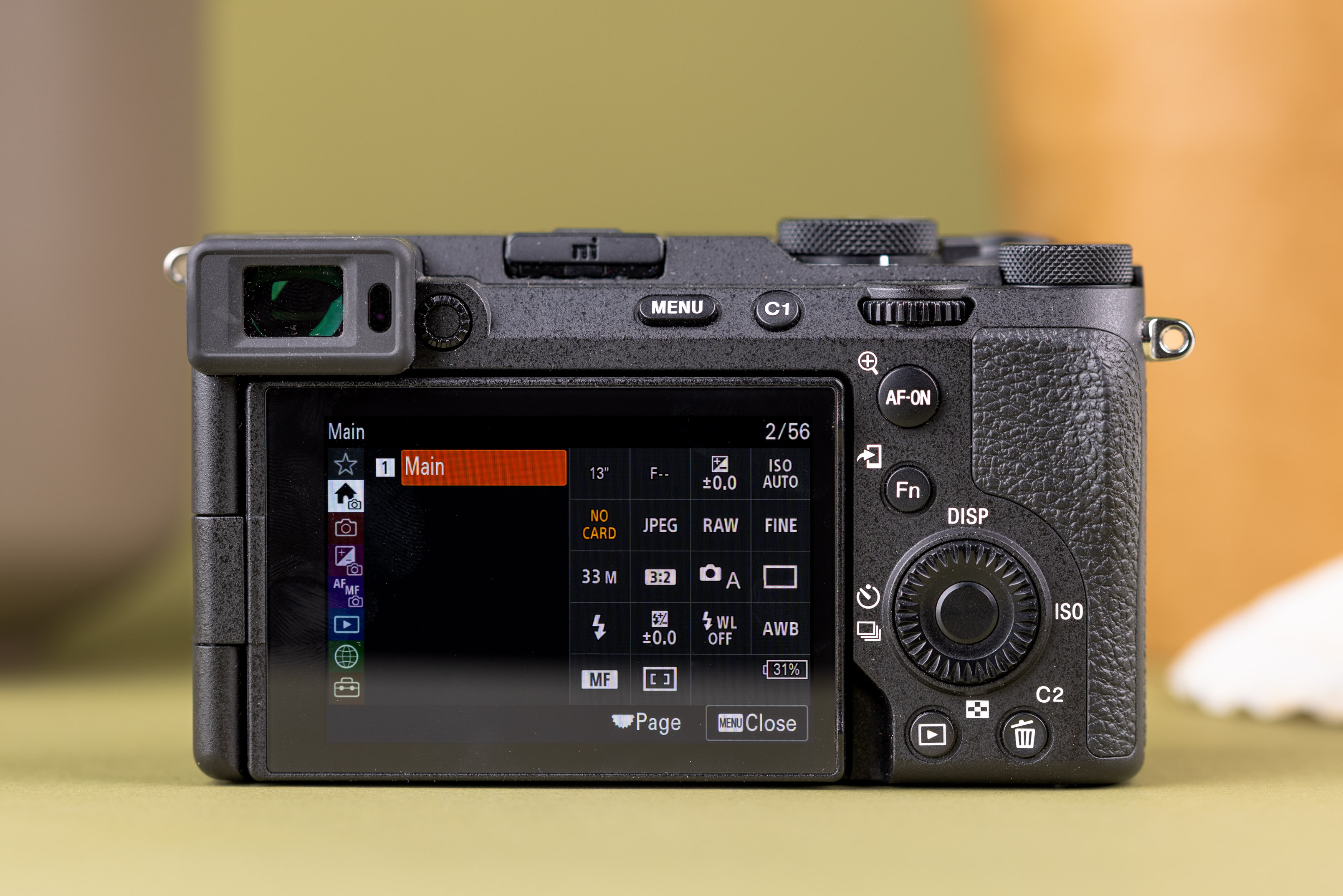
Sony A7C II customisable main menu screen
Battery Life and Connectivity
Both the A7C II and the original A7C use the high-capacity Sony NP-FZ100. However, because of the new processor (and the secondary AI chip), the A7C II’s battery life is a bit lower than the original A7C. It’s rated for around 510 shots per charge when using the electronic viewfinder, or about 540 with the LCD.
While the A7C II’s battery life isn’t class-leading, it’s still solid compared to most other mirrorless cameras. If you need more endurance, carrying an extra Z-battery is an easy fix — they’re small enough to toss in a bag. On the plus side, it supports USB-C power delivery, allowing you to charge it in-camera or even run it from a power bank for extended shoots. It’s a great setup for travel because you don’t need to pack a bulky charger when a USB-C cable will do the job.
Sony A7C II In the field
MPB videographer Justin Patricolo put the Sony A7C II to the test at the famous Mermaid Parade on Coney Island, New York.
Shooting Performance
Thanks to its updated sensor, processor and stabilisation system, the A7C II feels quick and responsive. Start-up is near instant, and there’s virtually no lag in everyday use. Overall, it is a very ‘snappy’ shooting experience.

Justin Patricolo | Sony A7C II | Sony FE 24-70mm f/2.8 | 50mm | f/4.0 | 1/400 sec | ISO 800
In continuous shooting, the A7C II can fire up to 10 frames per second with full autofocus and auto-exposure between frames. This speed matches the A7 IV with no compromises, so in theory, the A7C II could easily serve as a lighter second body for sports or action, paired with one of Sony’s larger cameras. But, at the top 10 fps setting, the viewfinder won’t show a live feed of the action (the camera briefly blacks out or shows the last shot between frames). You’re not getting a continuous live view at full speed, so tracking very fast subjects can be a bit tricky.
The buffer on the A7C II is solid. In testing, it can handle about 44 RAW frames or over 1000 JPEGs before slowing down, depending on your settings. This RAW buffer is smaller than on the original A7C (which managed around 115 RAW frames), likely due to the larger 33-megapixel files. Still, 44 RAW shots give you roughly four or five seconds of continuous shooting at 10 fps, which is more than enough for most bursts. The buffer also clears quickly to a UHS-II card, and you’ll rarely run into any limits when shooting JPEGs.
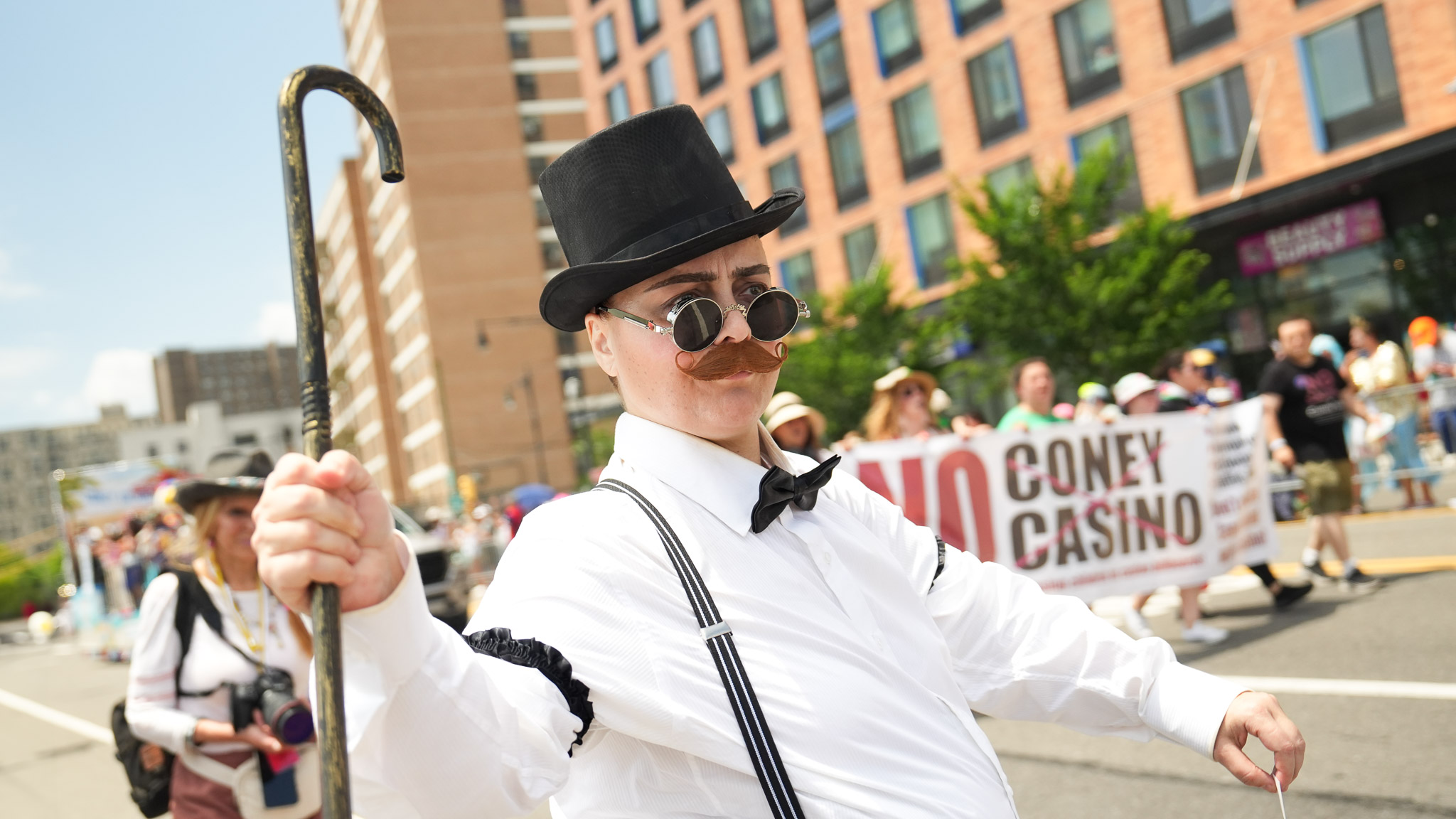
Justin Patricolo | Sony A7C II | Sony FE 24-70mm f/2.8 | 33mm | f/3.2 | 1/400 sec | ISO 800
In-body image stabilisation (IBIS)
Another big improvement is the IBIS. Sony has upgraded the system in the A7C II, which is now rated up to 7 stops of shake reduction, up from 5 stops on the previous camera.
In practice, you can handhold shots at slower shutter speeds and still get sharp results. With a wide lens, for example, you can often pull off sharp shots at 1/4 or even 1/2 second exposures, which is incredible for night scenes or interiors when you don’t have a tripod.
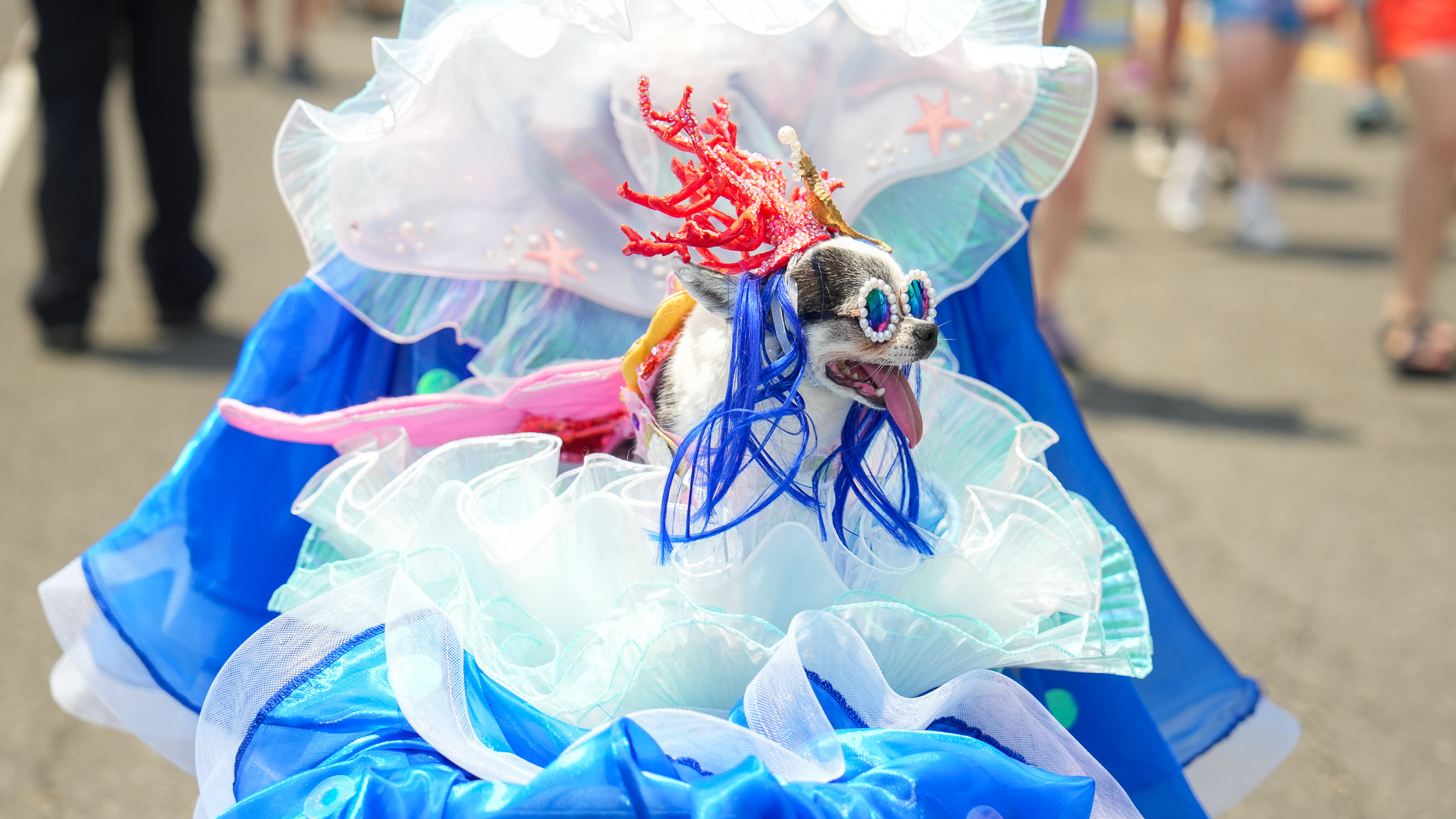
Justin Patricolo | Sony A7C II | Sony FE 24-70mm f/2.8 | 70mm | f/2.8 | 1/125 sec | ISO 800
For video, the A7C II includes an ‘Active’ stabilisation mode that combines in-body image stabilisation (IBIS) with electronic stabilisation for even smoother footage (at the cost of a slight crop). Overall, the updated IBIS makes it more forgiving in low light and run-and-gun situations.
Paired with its lightweight body, it’s easy to shoot handheld for long stretches, whether you’re capturing street scenes or vlogging your travels like I did. It became a lovely little companion, and I found myself worrying far less about keeping my shutter speed high.
Autofocus
Autofocus is one of the Sony A7C II's strongest aspects and a big reason for its enthusiast-level price tag. It inherits Sony’s latest ‘AI-driven’ autofocus system, complete with an AI processing unit for subject recognition. There’s plenty of talk about ‘AI’ autofocus these days, but in my experience, Sony's is the most reliable.
In real-world use, the autofocus feels fast and confident. It locks onto subjects instantly and tracks them with minimal hunting, even in tricky lighting. In continuous AF-C mode, a simple half-press of the shutter is all it takes. The camera stays locked on as your subject moves.
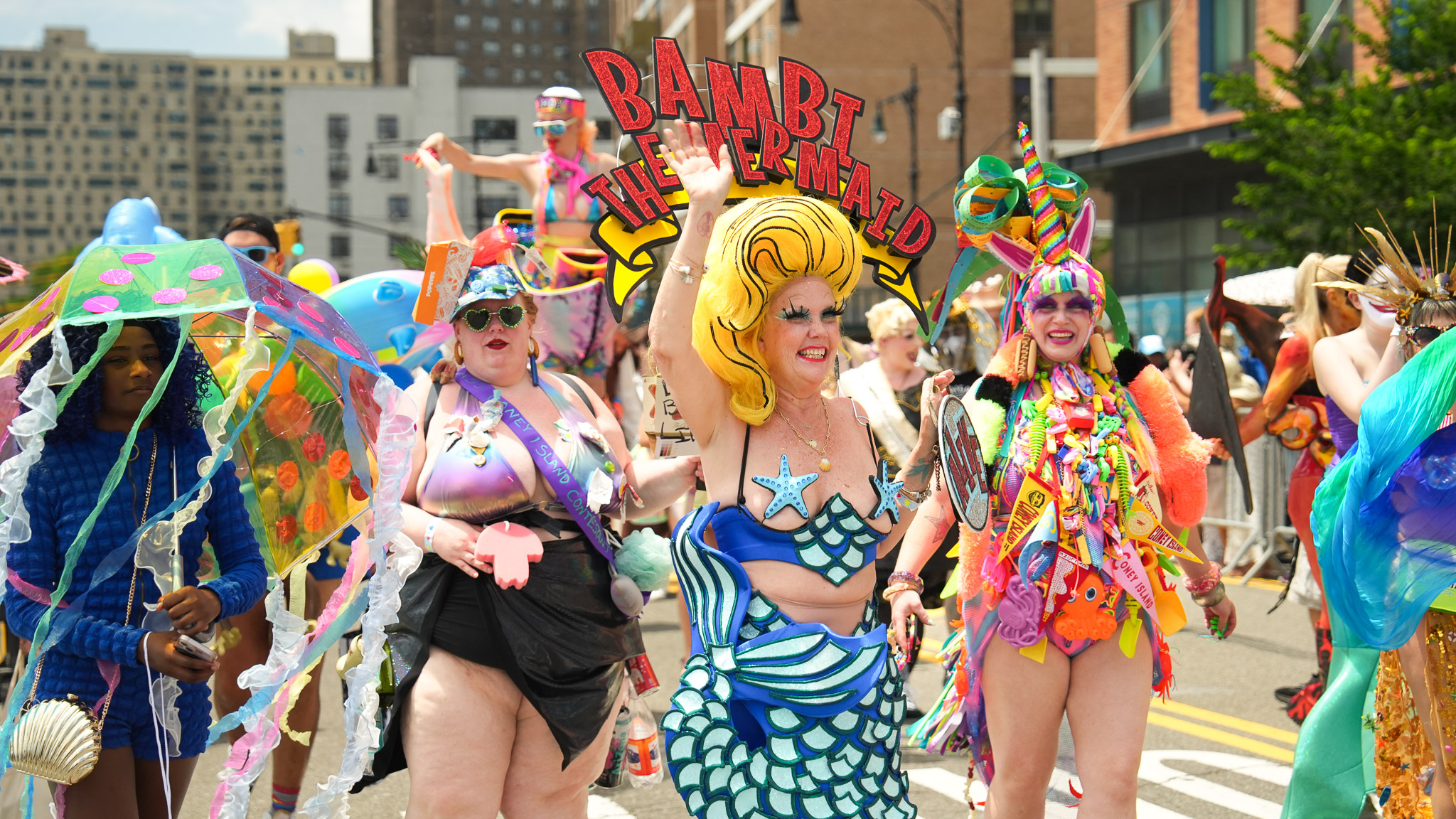
Justin Patricolo | Sony A7C II | Sony FE 24-70mm f/2.8 | 60mm | f/3.2 | 1/400 sec | ISO 800
Its subject recognition modes are excellent. You can tell the A7C II specifically which kind of subject you want to prioritise: human, animal, bird, insect, car, train or aircraft. The AI processing unit apparently uses ‘deep-learning algorithms’ to detect and focus on eyes, faces and shapes corresponding to these subjects. In practice, I only tested it with faces, but I found it worked really well, locking onto the subject's eye, which felt like 99% of the time.
Overall, I found the autofocus system very dependable, as did our videographer Justin Patricolo at the Mermaid Parade. You can see how the focus is near-perfect in each shot. It’s fast not only in good light but also in dim conditions. Low-light autofocus sensitivity extends to approximately -4 Exposure Value (EV), and the camera consistently locks focus even in dark environments.
ISO and Low Light Performance
The A7C II has a wide ISO range of 100–51,200, expandable down to 50 or up to 204,800 for extreme low-light scenarios (with some loss of dynamic range). In practice, it performs exceptionally well in low light, especially considering its high-resolution 33-megapixel sensor. Images stay clean up through high ISOs thanks to the sensor’s backside-illuminated design and Sony’s well-tuned noise reduction.
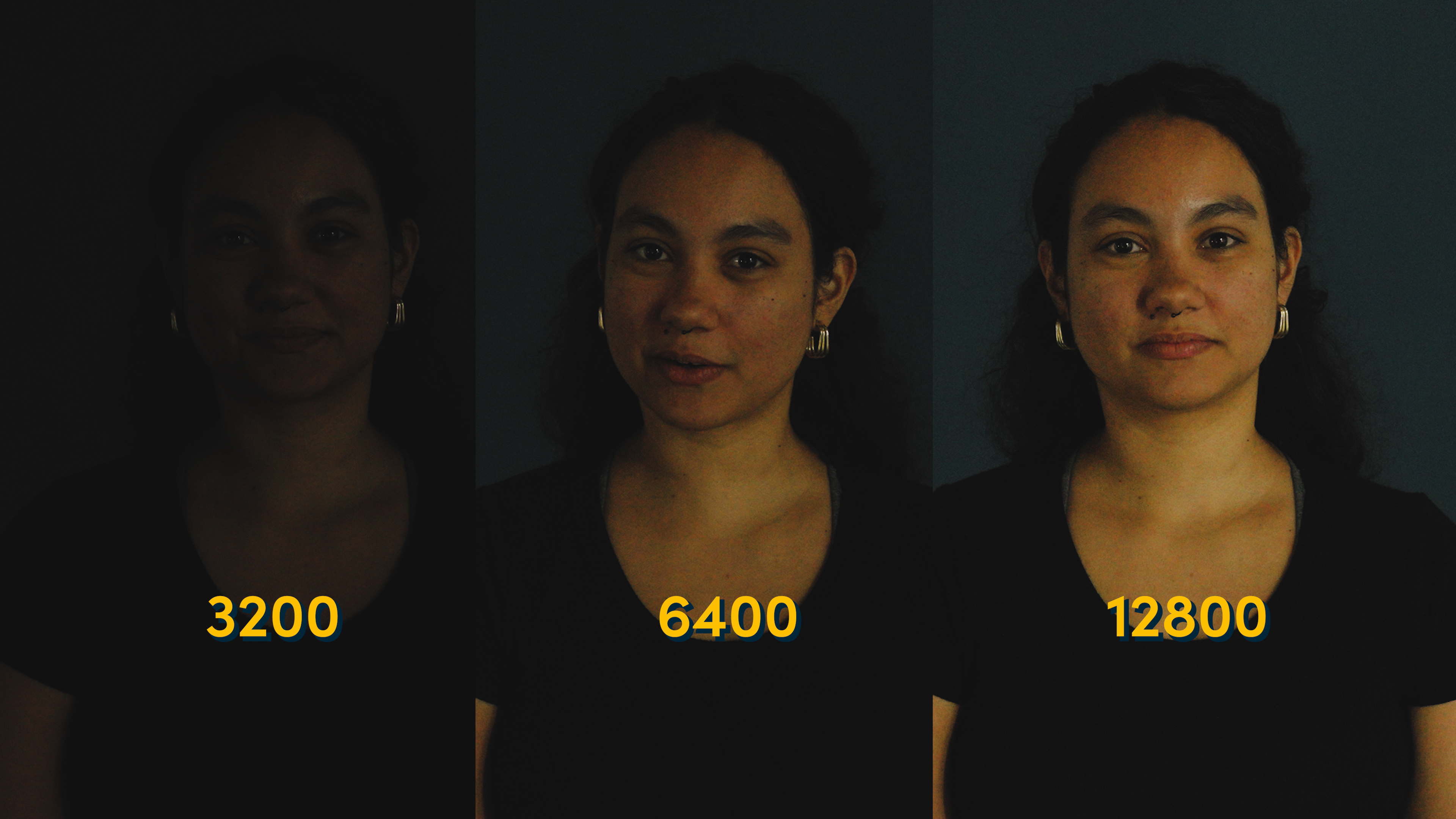
In Justin's test above, lighting stayed consistent, and only the ISO changed. You can see that at 6,400, grain becomes noticeable. By 12,800, it’s visible but still manageable with a bit of post-processing.
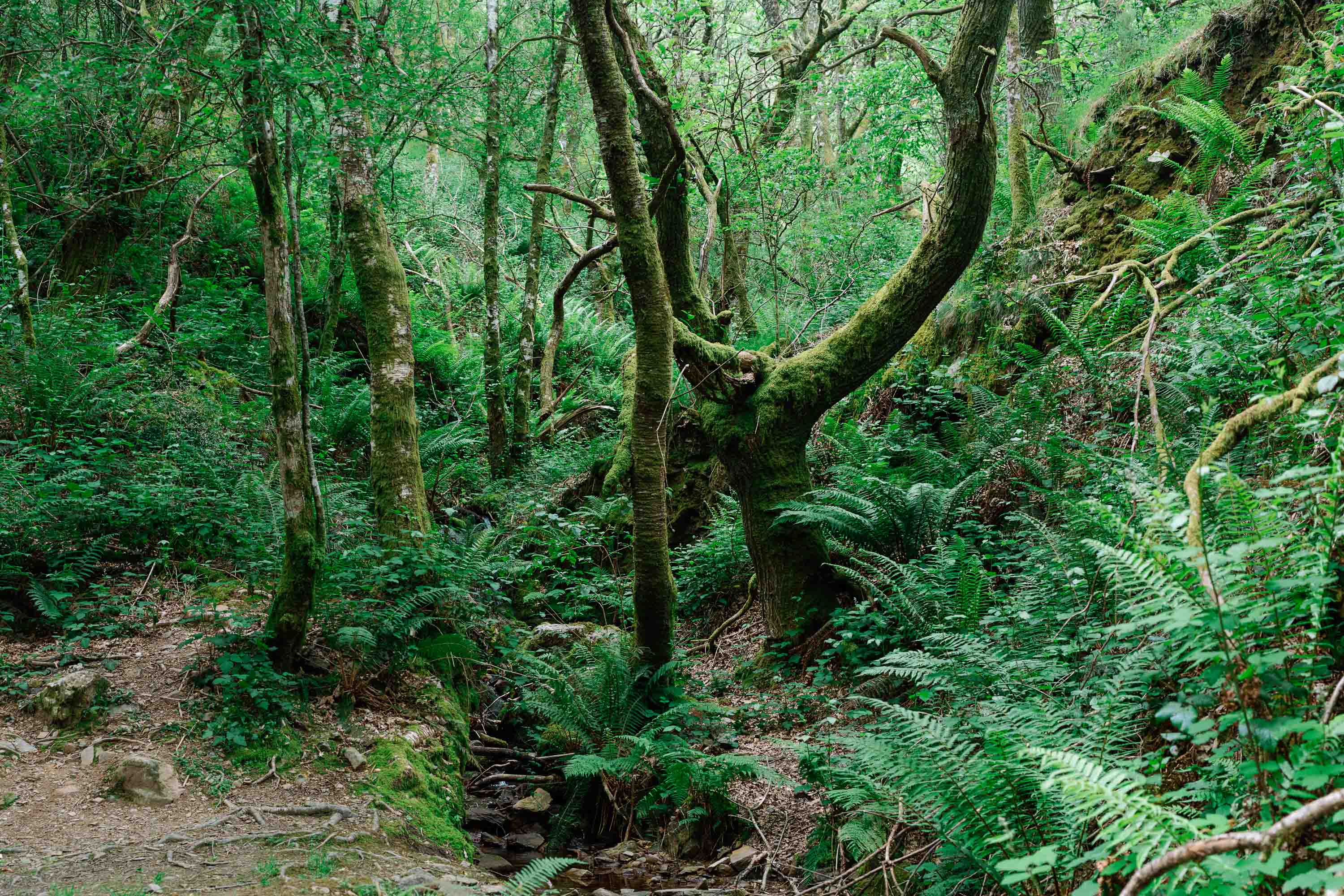
Connor Redmond | Sony A7C II | Sony FE 24-50mm f/2.8G | 38mm | f/4.0 | 1/40 sec | ISO 250
Even at higher ISOs, the A7C II retains a lot of information in shadows and highlights. Given the sensor's roughly 14 to 15 stops of dynamic range in ideal conditions, you can often underexpose slightly to protect highlights in a high-contrast night scene, and then lift shadows later without introducing too much noise.
Video Capabilities
Sony has packed a lot of serious video power into the A7C II, making it a strong hybrid shooter for those who shoot both photos and video. It records 4K video up to 60 fps, though the 60p mode applies a Super 35 (APS-C) crop of around 1.5x. Even so, it still delivers detailed 4K footage downsampled from roughly 4.6K, on par with other cameras in its class.
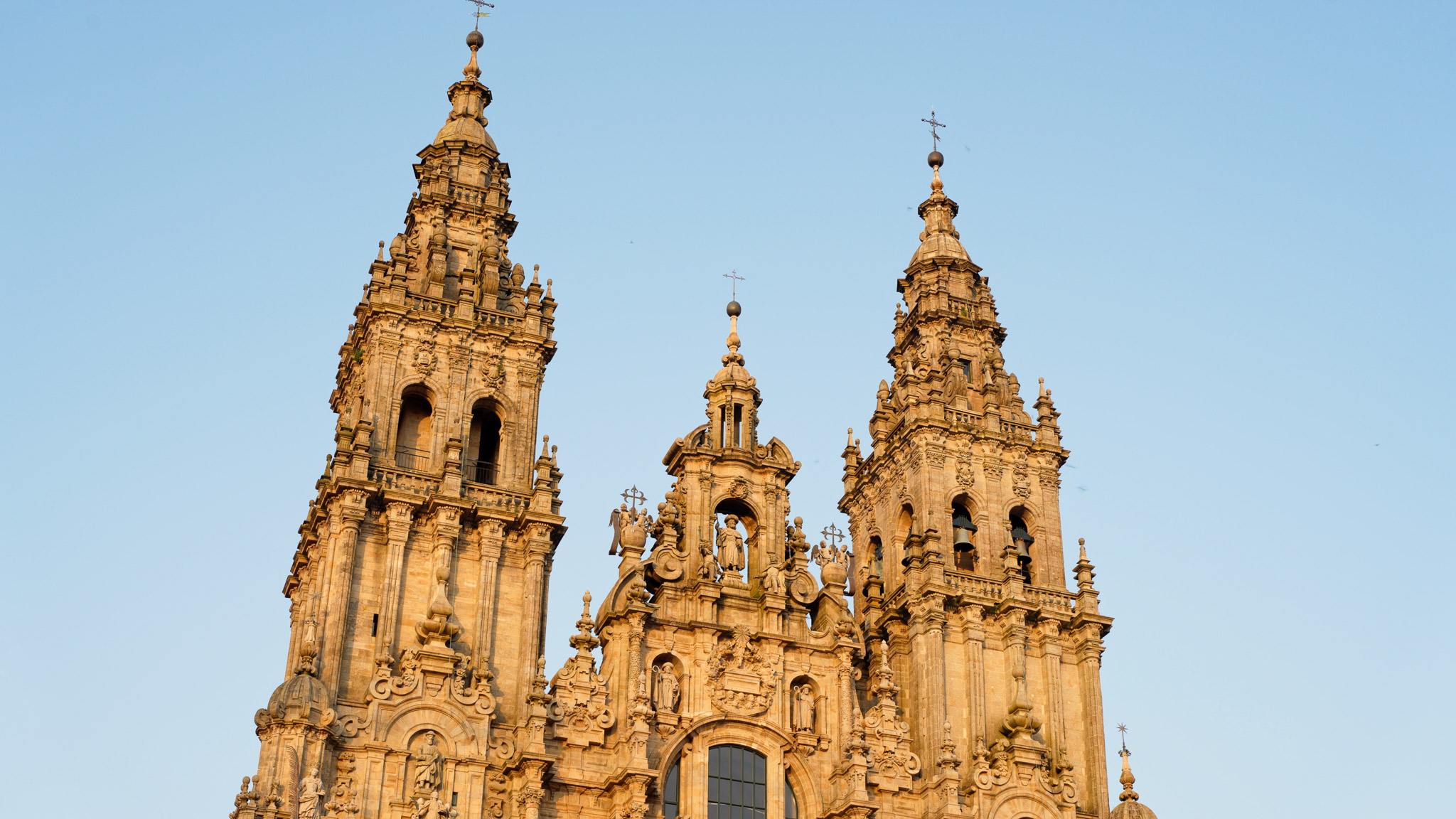
Connor Redmond | Sony A7C II | Sony FE 24-50mm f/2.8G | 4k | 60p | H.264 4:2:2 Video Codec | Frame Sample
If you want the full, uncropped width, the A7C II can record 4K up to 30p using the entire 7K readout, which is then downsampled to 3840x2160. The oversampled 4K footage (at 24 or 30p) looks crisp and detailed. The cropped 4K 60p footage is slightly softer, since it skips lines to read fewer pixels, but still looks very good and offers smoother motion or slow-motion flexibility. You also get 1080p at up to 120 fps for high-speed b-roll or action shots.
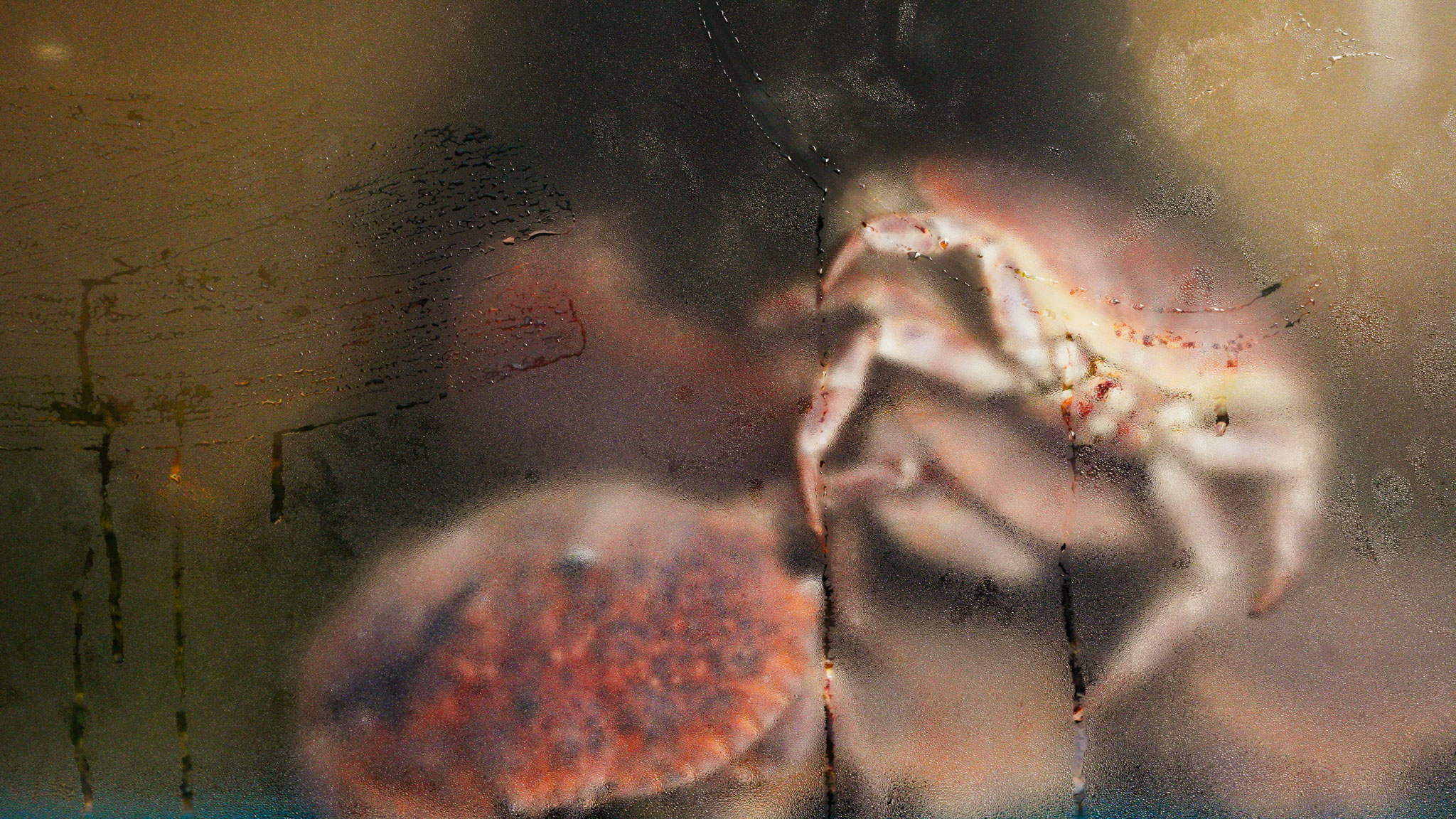
Connor Redmond | Sony A7C II | Sony FE 24-50mm f/2.8G | 4k | 60p | H.264 4:2:2 Video Codec | Frame Sample
One of the biggest upgrades over the original A7C is 10-bit 4:2:2 internal recording. This is, quite frankly, a game-changer. The A7C II can record 10-bit video internally in formats like XAVC S-I and XAVC HS, offering much greater colour depth and grading flexibility than the 8-bit video of its predecessor.
If you shoot in profiles like S-Log3 (for maximum dynamic range) or use HLG for HDR, you’ll have a lot more data to work with in post-production. This means smoother gradients, more tolerance for colour adjustments and less risk of banding. It brings the A7C II’s video capability up to modern standards and in line with cameras like the Sony A7S III and even the Sony FX3.
For those who prefer not to grade, including S-Cinetone is a welcome touch. S-Cinetone is Sony’s cinematic colour profile that delivers lovely out-of-camera footage with soft highlights and rich colour (no grading needed). It’s perfect for quick turnaround projects or those who want a filmic look straight out of the camera.
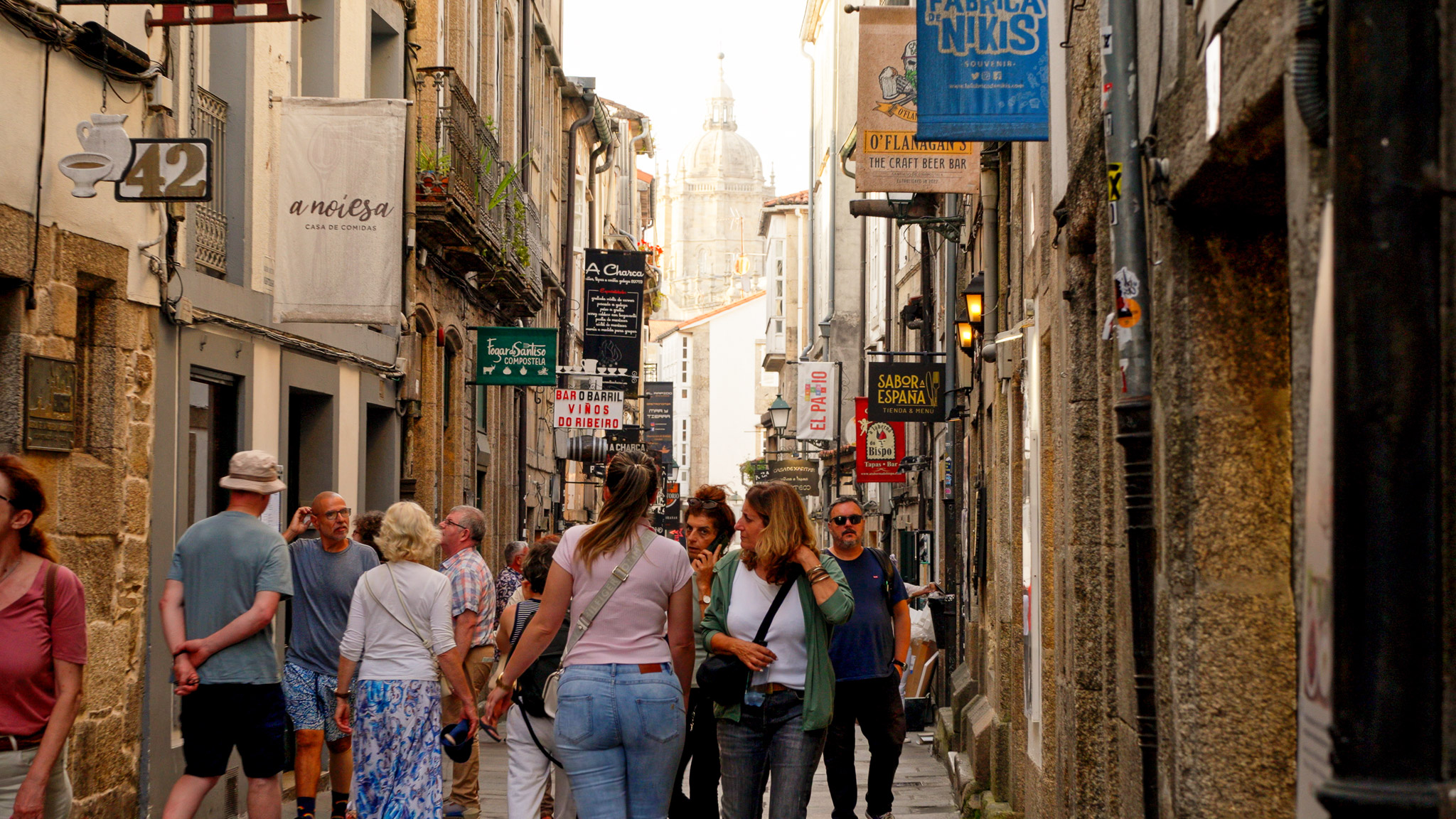
Connor Redmond | Sony A7C II | Sony FE 24-50mm f/2.8G | 4k | 60p | H.264 4:2:2 Video Codec | Frame Sample
Video Autofocus
If you can believe it, video autofocus is just as impressive as stills autofocus on this camera. All the subject tracking benefits carry over to Movie mode. It will track eyes and subjects in real time, making it easy to focus on a moving person or animal while filming. You can tap to shift focus, and the transitions do look smooth, almost like a professional focus puller has handled them, but I would still only use that small feature sparingly in the right conditions.
Video Stabilisation
The A7C II borrows several advanced video features from Sony’s higher-end lineup, including focus breathing compensation (to minimise focus breathing when refocusing), focus mapping display and flexible exposure tools like focus peaking, zebras and a histogram.
The ‘Active’ stabilisation combines IBIS with digital correction to create impressively steady footage — almost gimbal-like — with only a slight crop. Paired with a stabilised lens, you can walk and film handheld with consistently smooth results.
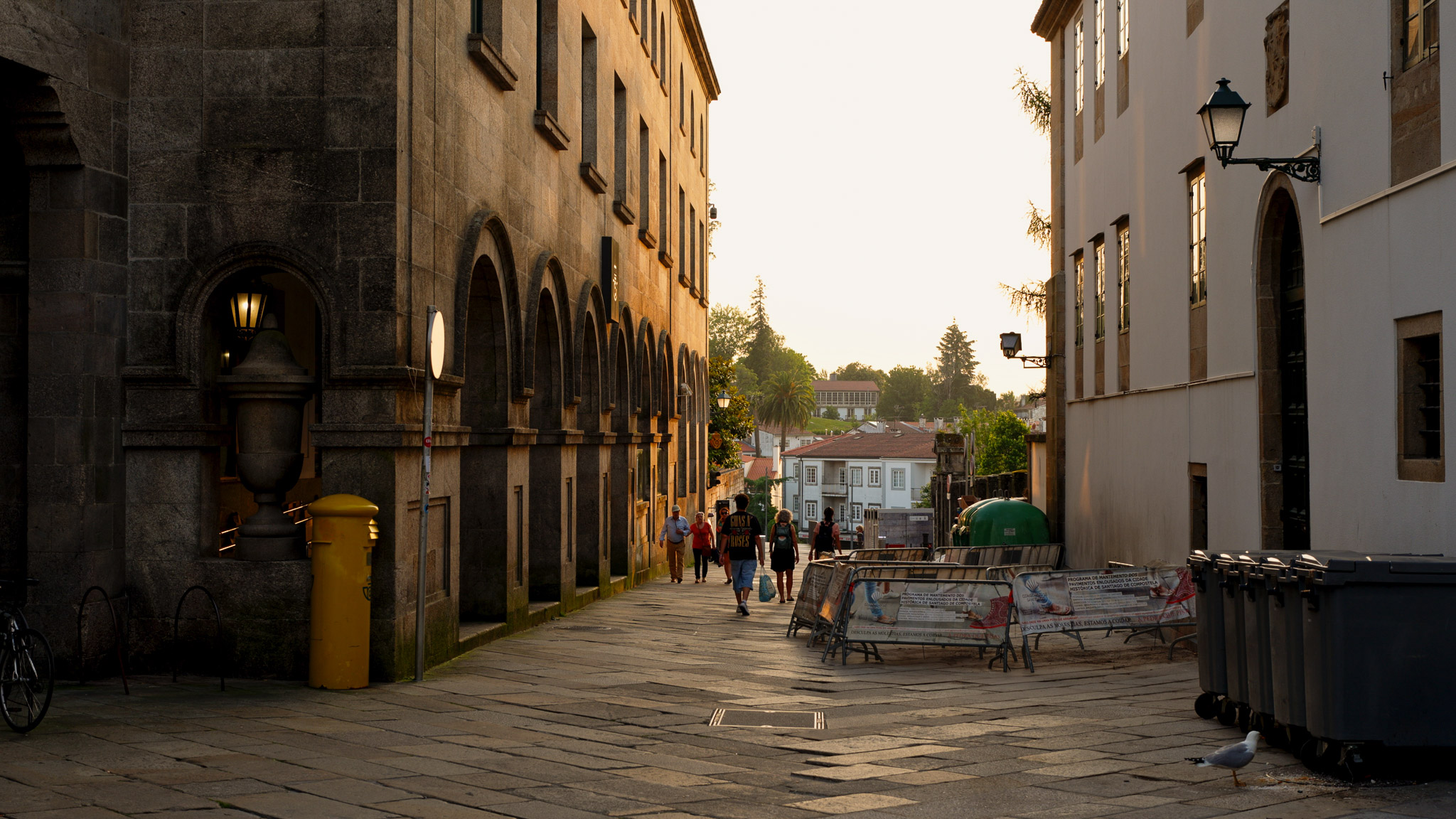
Connor Redmond | Sony A7C II | Sony FE 24-50mm f/2.8G | 4k | 60p | H.264 4:2:2 Video Codec | Frame Sample
The camera includes mic and headphone jacks, supports digital audio through the hotshoe via an XLR adapter and offers 8-bit 4:2:2 HDMI output for external recorders. For most creators, though, the internal 10-bit recording will be more than enough.
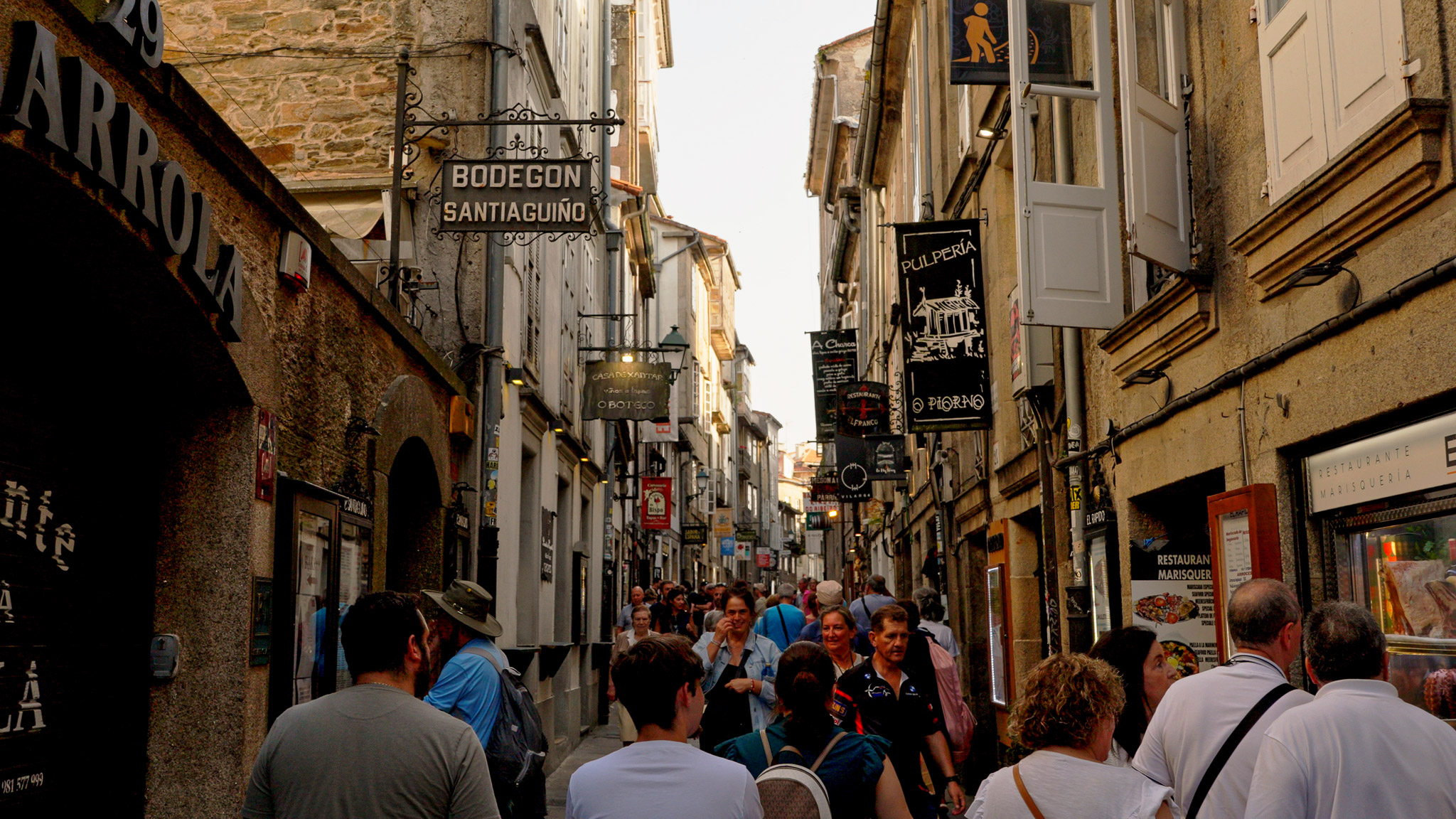
Connor Redmond | Sony A7C II | Sony FE 24-50mm f/2.8G | 4k | 60p | H.264 4:2:2 Video Codec | Frame Sample
The A7C II is a very capable video camera for its size. It essentially matches the Sony A7 IV in video features—oversampled 4K, 10-bit, profiles—with the only compromises being the 60p crop and the smaller body (which can benefit travel vloggers). It’s a great fit for hybrid shooters who want one camera for both stills and video.
Rolling shutter and Overheating
Rolling shutter is well controlled at 4K/24p, but if you whip the camera around too fast, you’ll notice a bit of the ‘jello’ effect — that wobbly distortion caused by the sensor trying to read out the image too quickly. It’s not worse than other cameras in this class, but it’s something to remember.

Justin Patricolo | Sony A7C II | Sony FE 24-70mm f/2.8G | 4k | 24p | H.264 4:2:2 Video Codec | Frame Sample
Overheating hasn't been a problem in testing. The camera records long stretches of 4K/30 without issues, and even 4K/60p holds up for reasonably lengthy takes. Sony doesn’t specify a hard time limit, and reports it can do 30 minutes plus of 4K/60 in moderate temperatures before any warning, which is impressive (more on this in the FAQs).
Sony A7C II Sample Images

Connor Redmond | Sony A7C II | Sony FE 24-50mm f/2.8G | 24mm | f/5.6 | 1/200 sec | ISO 100
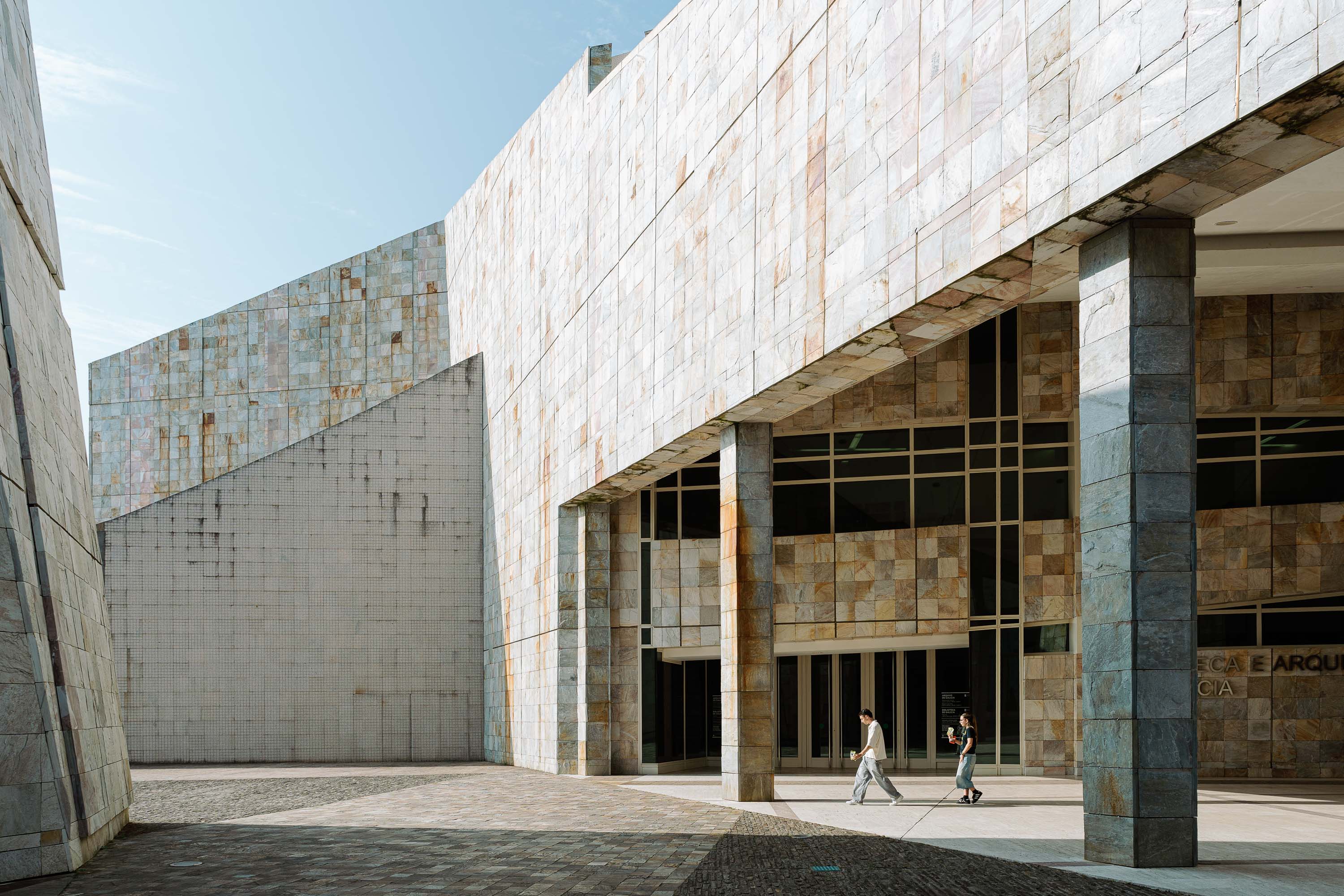
Connor Redmond | Sony A7C II | Sony FE 24-50mm f/2.8G | 24mm | f/8.0 | 1/200 sec | ISO 100
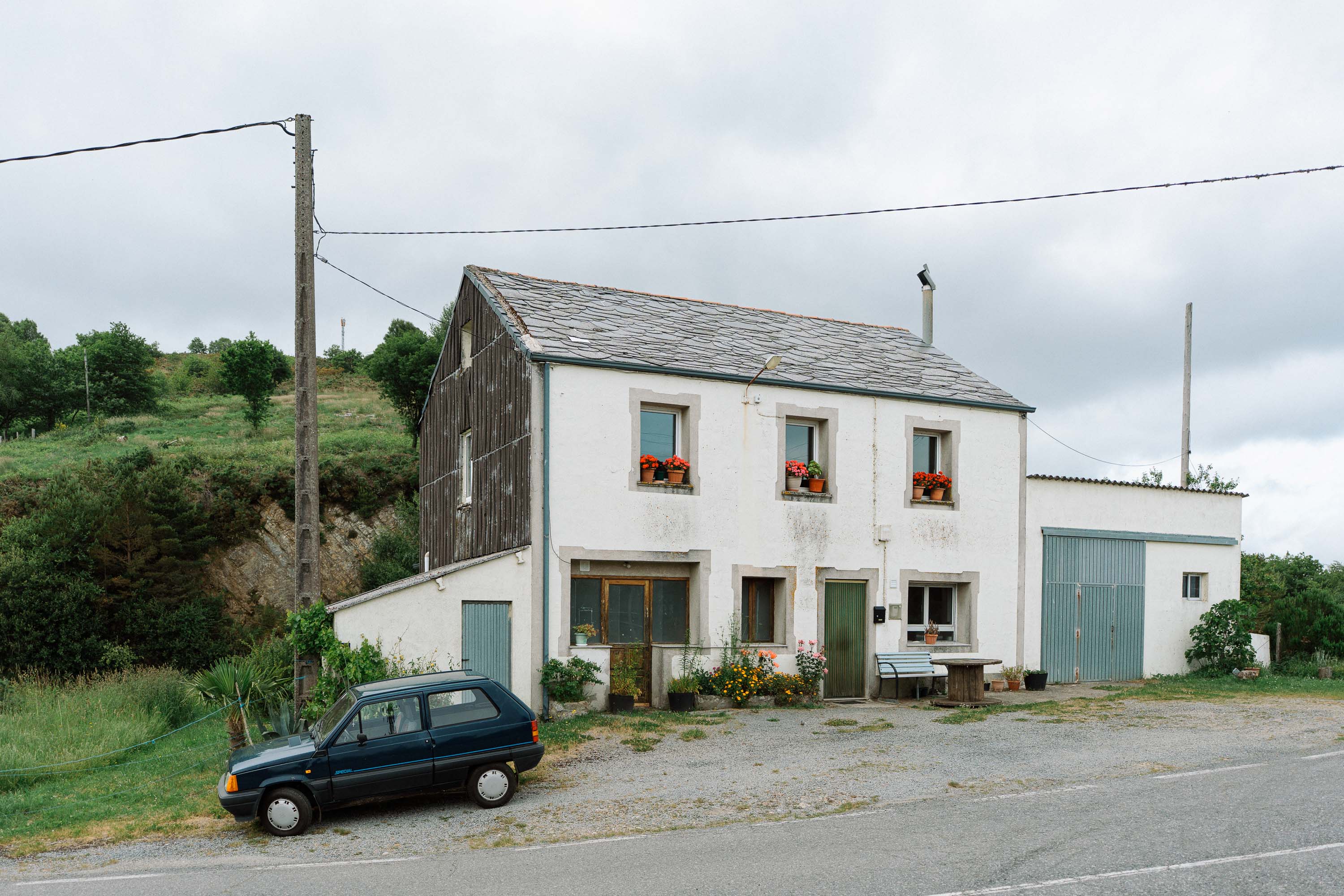
Connor Redmond | Sony A7C II | Sony FE 24-50mm f/2.8G | 28mm | f/2.8 | 1/2000 sec | ISO 100
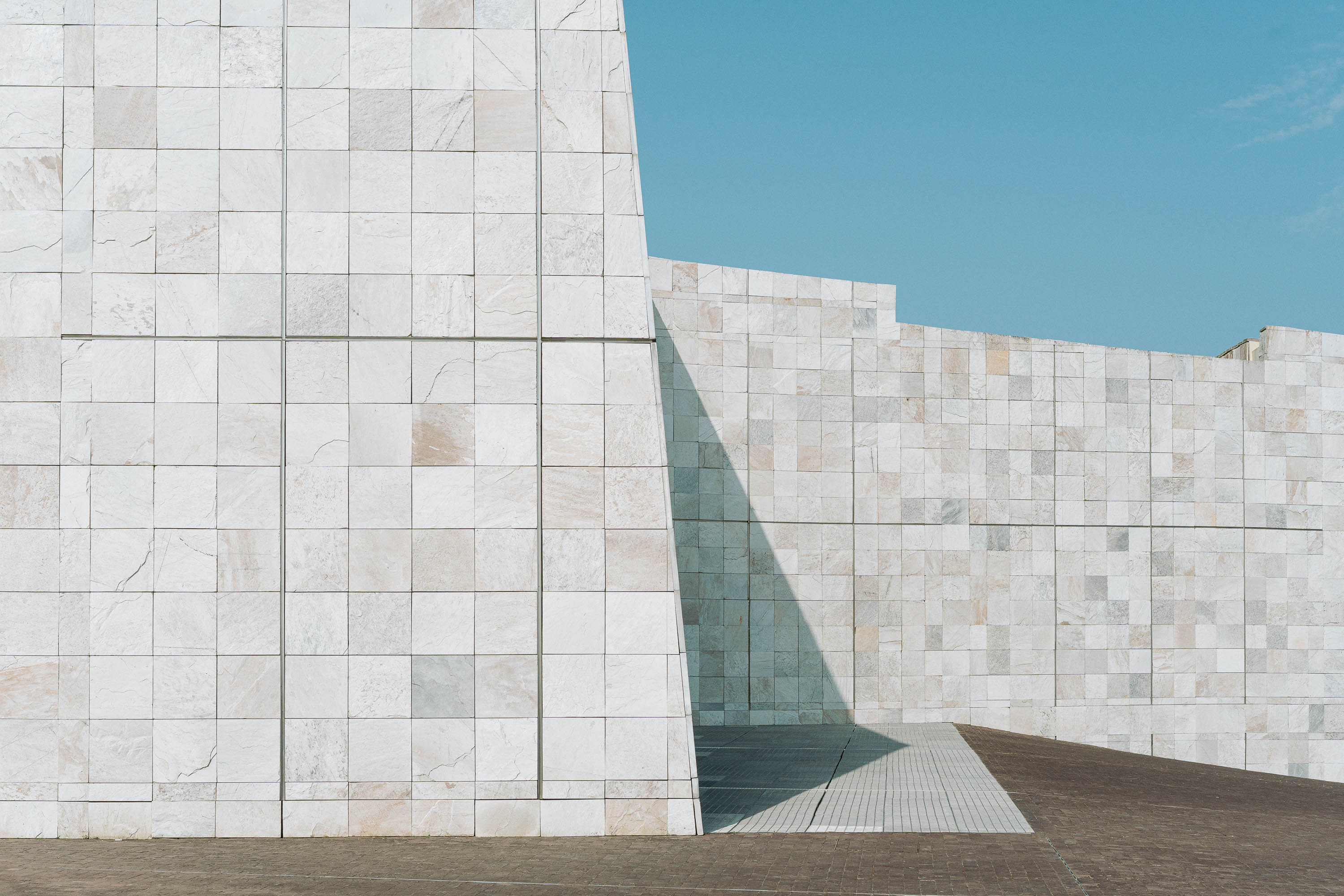
Connor Redmond | Sony A7C II | Sony FE 24-50mm f/2.8G | 50mm | f/8.0 | 1/2000 sec | ISO 100
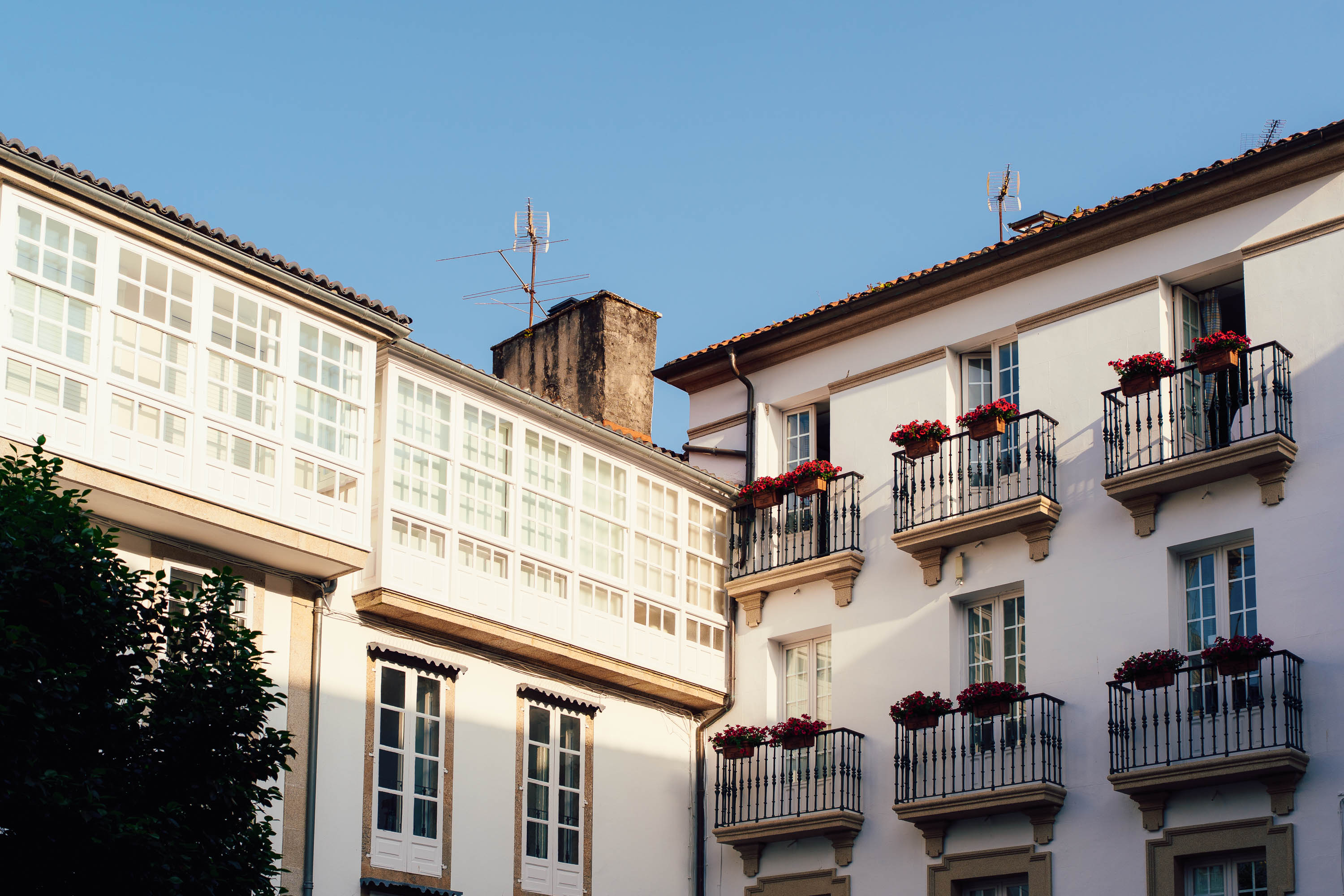
Connor Redmond | Sony A7C II | Sony FE 24-50mm f/2.8G | 24mm | f/4.0 | 1/1000 sec | ISO 100
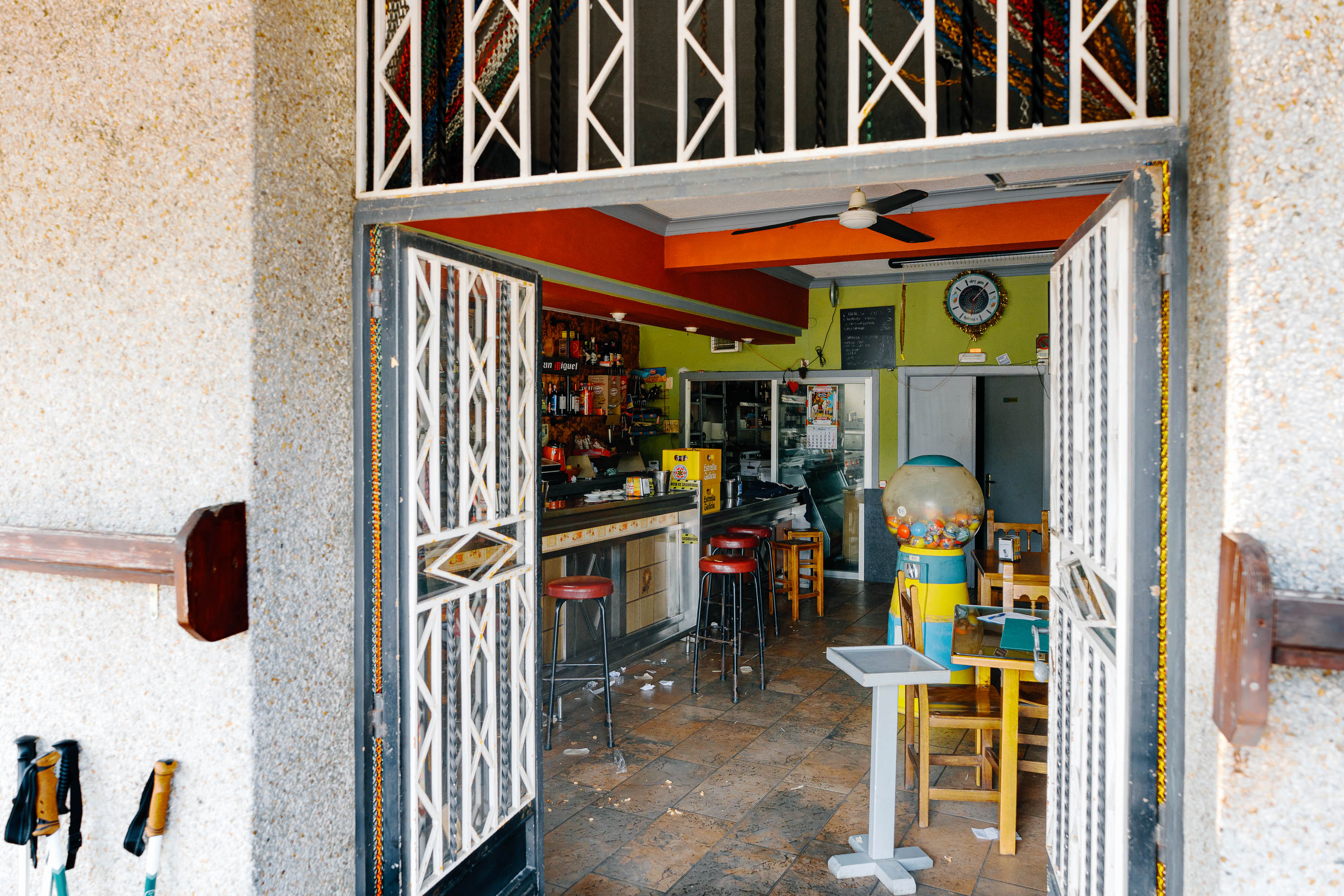
Connor Redmond | Sony A7C II | Sony FE 24-50mm f/2.8G | 24mm | f/5.6 | 1/30 sec | ISO 200
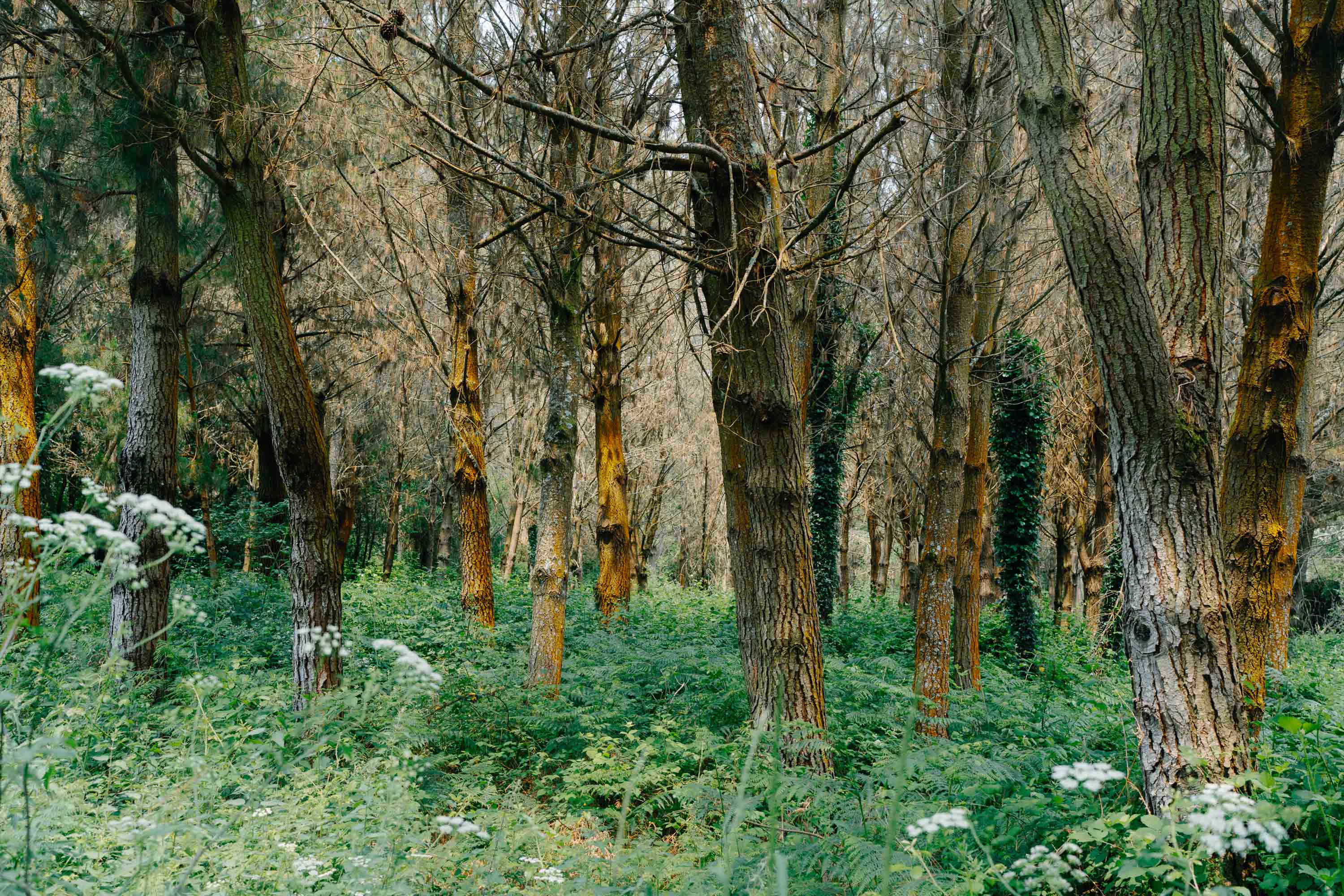
Connor Redmond | Sony A7C II | Sony FE 24-50mm f/2.8G | 42mm | f/5.6 | 1/100 sec | ISO 100
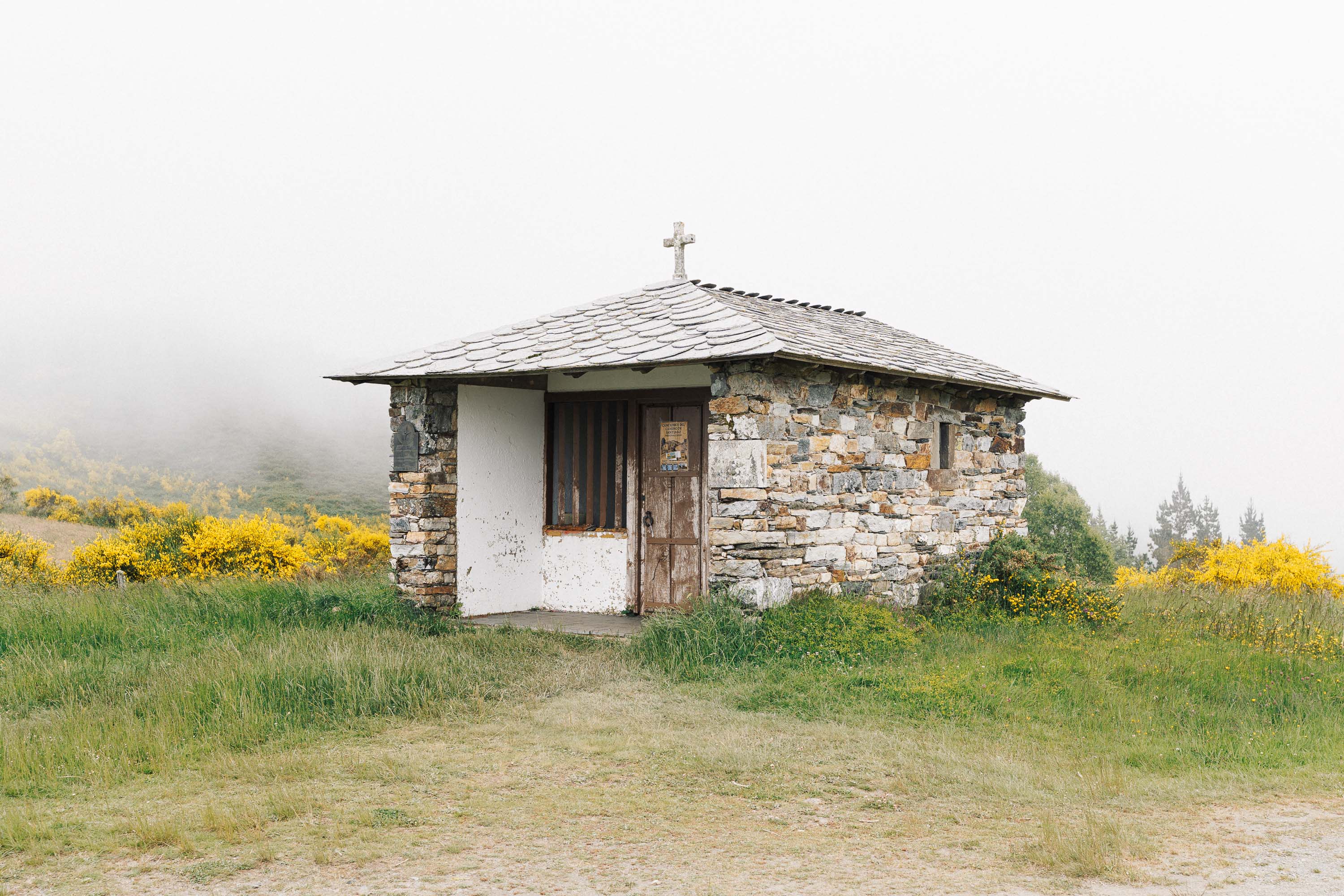
Connor Redmond | Sony A7C II | Sony FE 24-50mm f/2.8G | 50mm | f/5.6 | 1/200 sec | ISO 100
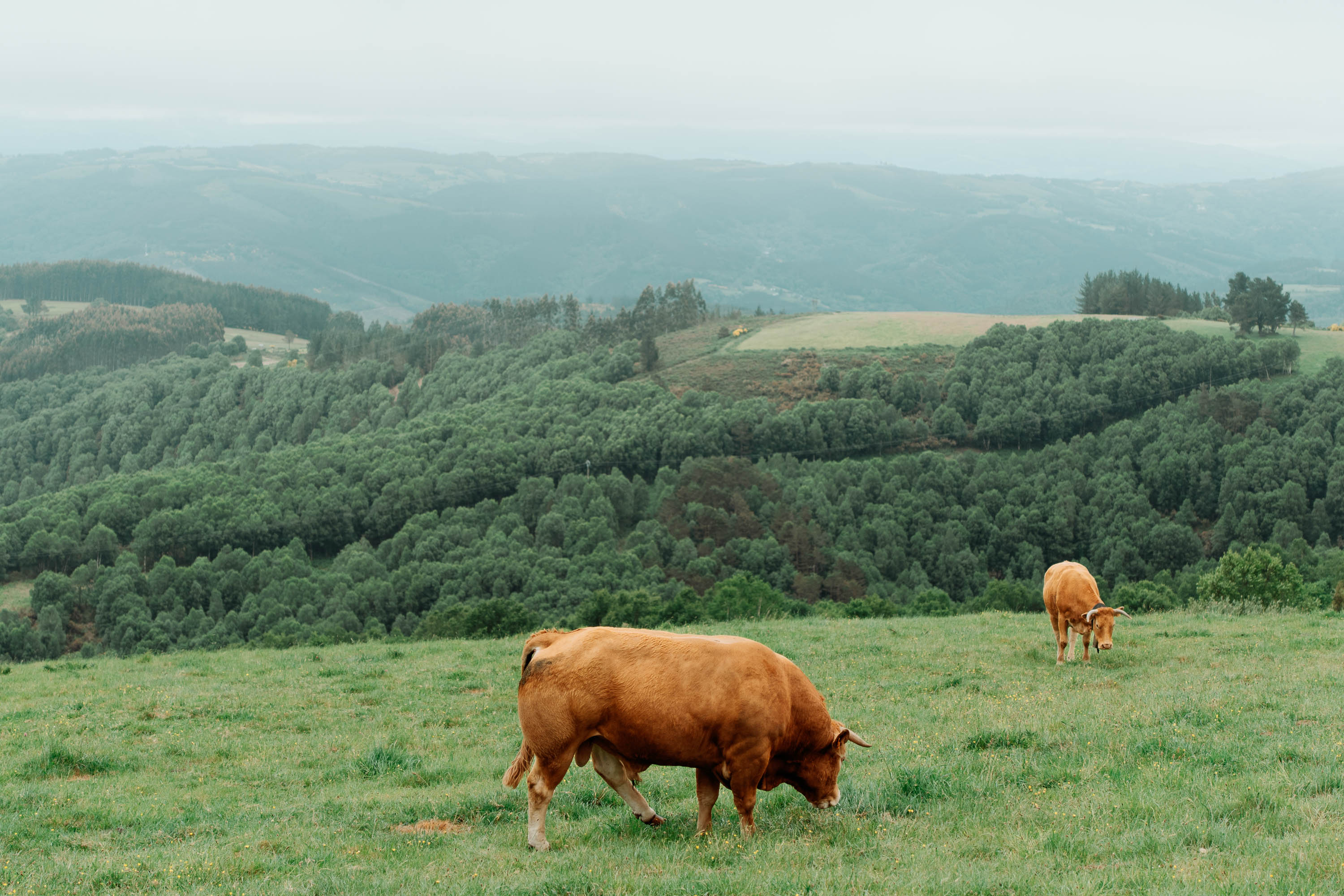
Connor Redmond | Sony A7C II | Sony FE 24-50mm f/2.8G | 50mm | f/2.8 | 1/800 sec | ISO 100
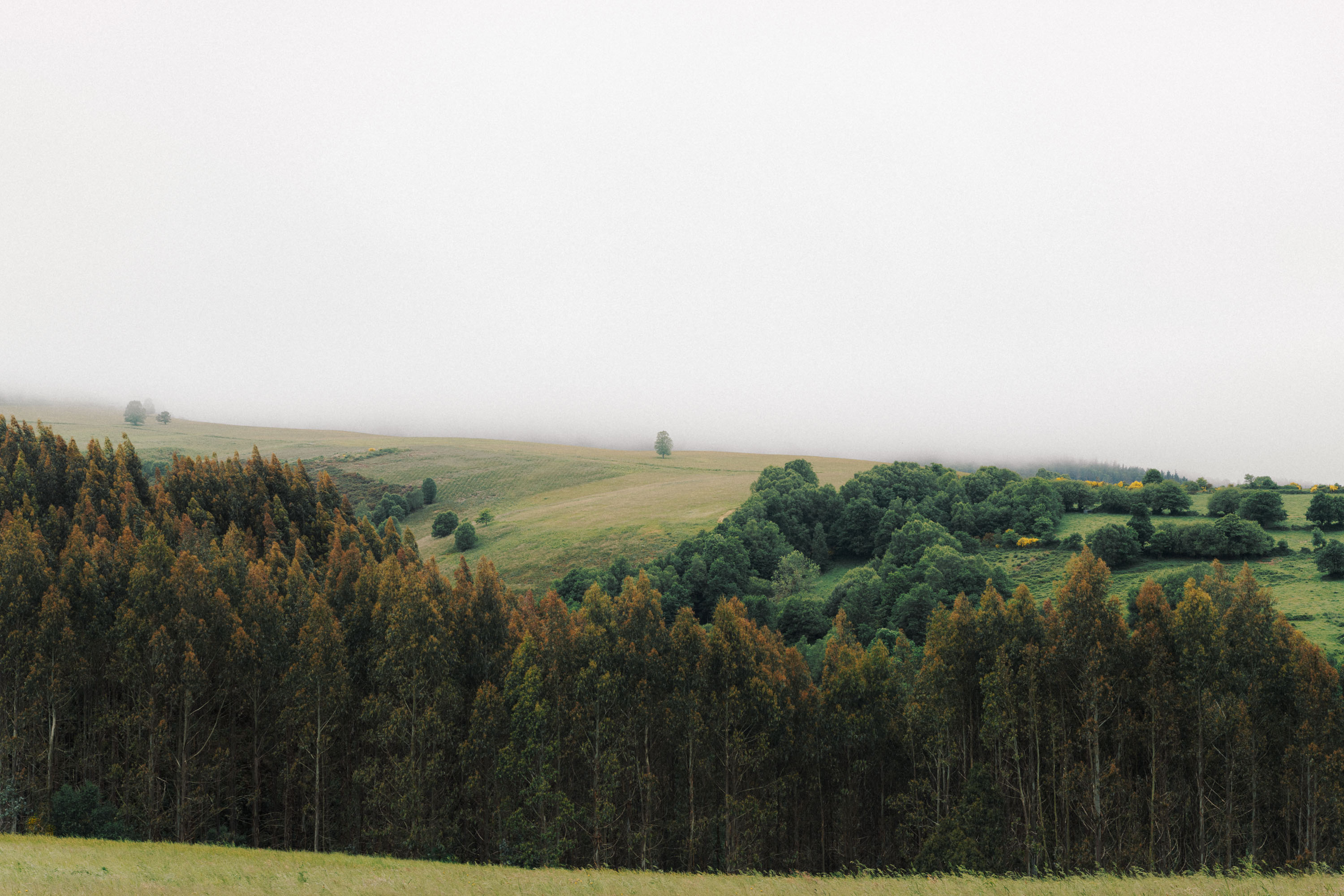
Connor Redmond | Sony A7C II | Sony FE 24-50mm f/2.8G | 50mm | f/8.0 | 1/100 sec | ISO 100
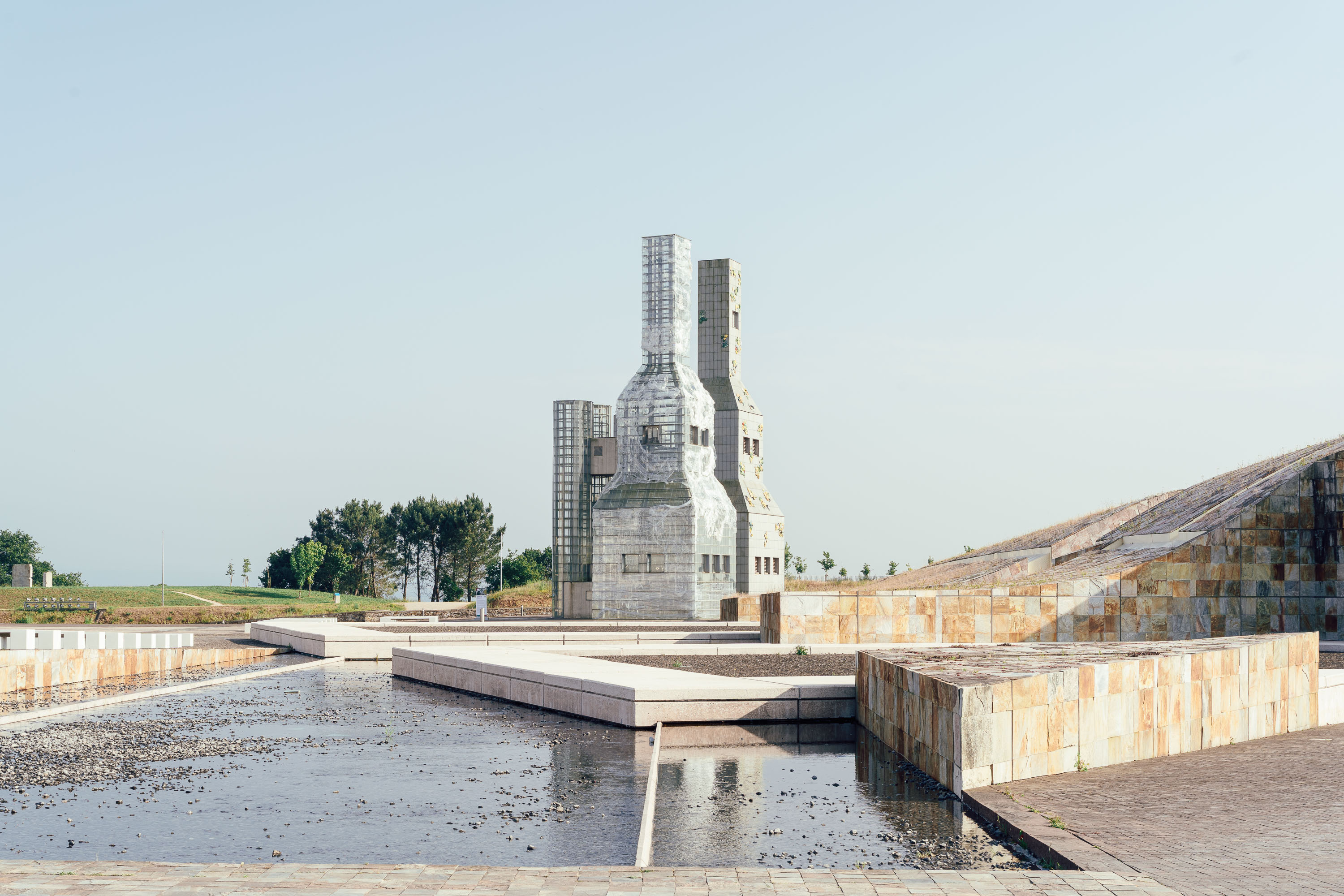
Connor Redmond | Sony A7C II | Sony FE 24-50mm f/2.8G | 50mm | f/11 | 1/125 sec | ISO 100
Alternatives to the Sony A7C II
The Sony A7 IV matches the A7C II’s sensor resolution and video capabilities but adds dual card slots, better ergonomics and a larger electronic viewfinder. It’s ideal if you value handling, professional controls and longer continuous shooting bursts over compactness. Read our Sony A7 IV for videography review.
The Sony A7CR shares the same compact body as the A7C II but features a higher-resolution 61-megapixel sensor for landscape, architecture and studio photography. While image detail is exceptional, autofocus coverage and burst speed are somewhat reduced compared to the A7C II. Read our Sony A7CR review.
The Sony A6700 is a good APS-C alternative, with superb autofocus performance, a smaller form factor and excellent video features similar to the A7C II. While resolution (26 megapixels) and low-light performance don’t match its full-frame counterpart, it’s considerably lighter, smaller and more affordable.
The Fujifilm X-T5 is an interesting comparison. It has 40-megapixel APS-C resolution, robust ergonomics, classic manual controls and outstanding colour science. Its autofocus and IBIS are excellent, though not quite on par with the A7C II. The video specs and low-light capability aren’t quite as strong either. However, ideal for photographers who value tactile controls and a distinctive image style. Find out more by reading our Fujifilm X-T5 review.
If you want a more retro-looking travel-friendly camera, check out the Nikon Zf. It features a 24-megapixel full-frame sensor, top-tier image stabilisation and classic dials and controls. Its autofocus and video features aren’t quite as advanced as Sony’s, but it delivers a unique handling experience and solid image quality for enthusiasts who appreciate vintage aesthetics. Read our Nikon Zf review for more.
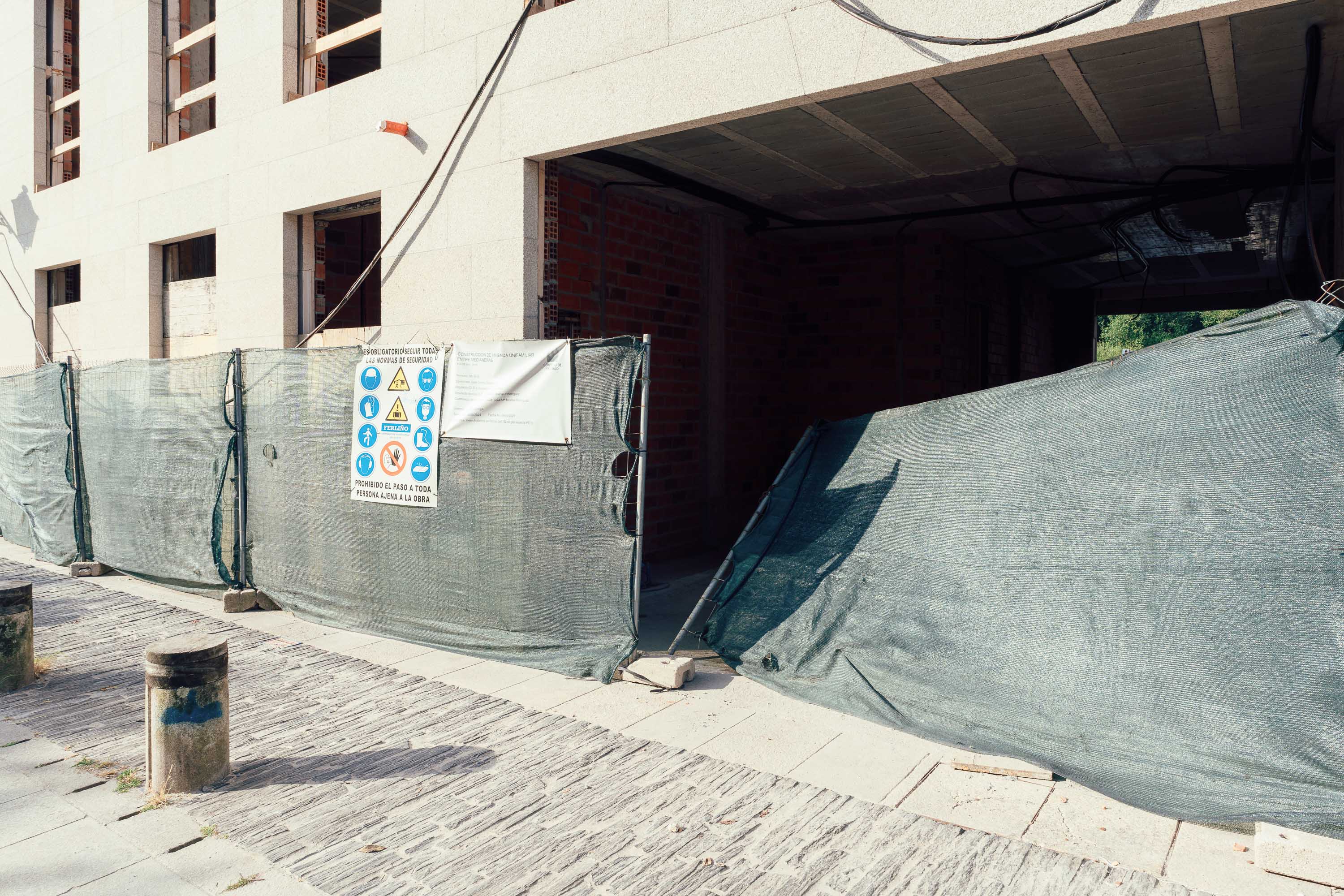
Connor Redmond | Sony A7C II | Sony FE 24-50mm f/2.8G | 24mm | f/11 | 1/40 sec | ISO 100
Sony A7C vs A7C II: Which is Right For You?
The Sony A7C II is a big step up from the original A7C, bringing a higher-resolution 33-megapixel sensor, smarter autofocus and far better video specs.
The new sensor captures more detail and offers deeper dynamic range, while video takes a noticeable leap forward with internal 10-bit 4:2:2 recording and 4K up to 60p — features missing from the first model.
Both cameras share the same compact form, but the A7C II feels a bit more refined. You get a larger viewfinder (0.70x vs 0.59x), an extra front control dial and a slightly improved grip.
In the end, the Sony A7C II will suit most enthusiasts, particularly hybrid shooters who want great stills and video performance in one body. If these upgrades matter to your photography and filmmaking, the A7C II is worth the extra cost.
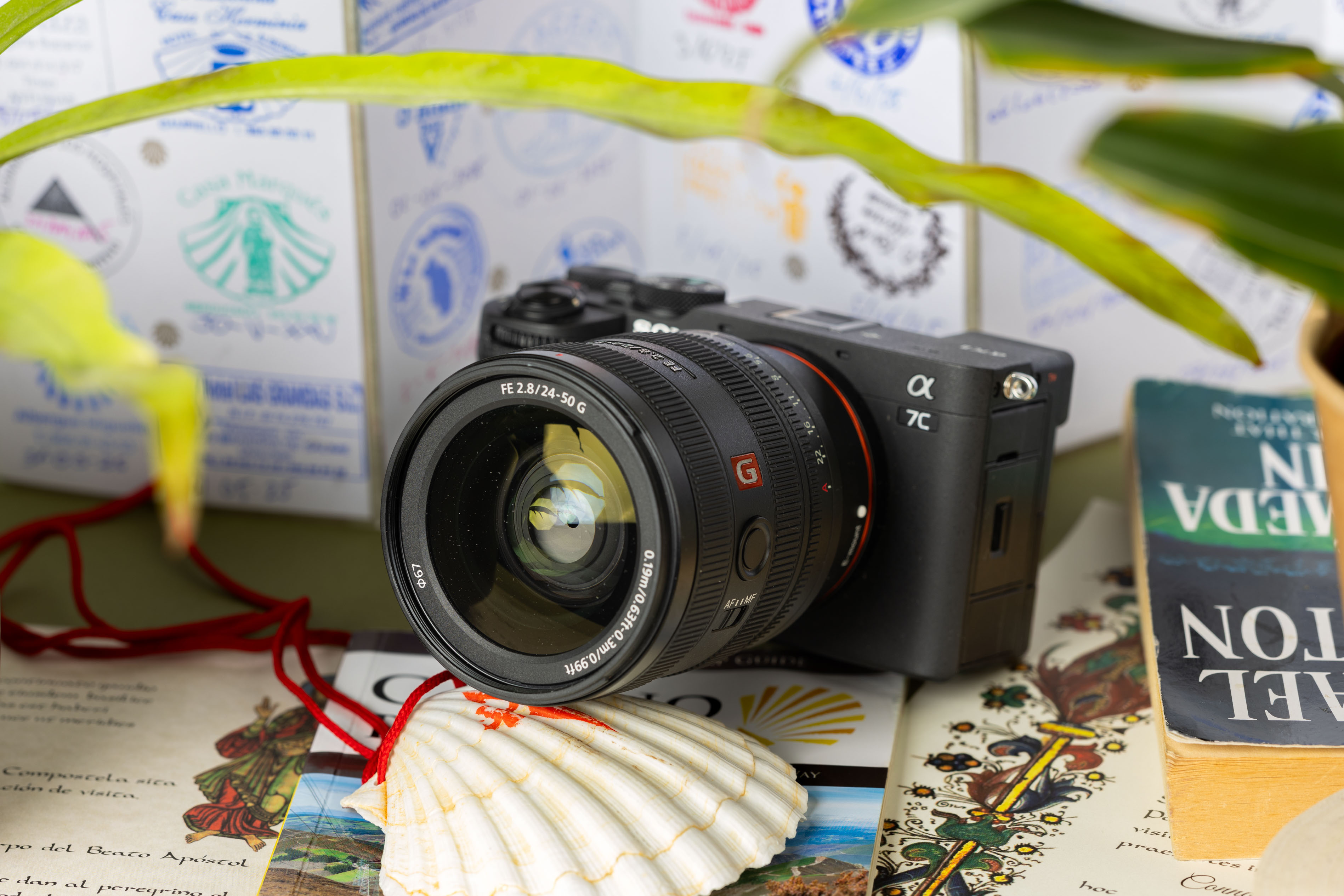
Used Sony A7C II and Sony FE 24-50mm f/2.8G
Conclusion
The Sony A7C II delivers excellent image quality, powerful autofocus and better-than-good video features into a portable full-frame camera that’s small enough to take anywhere. It’s a superb travel companion. The perfect pilgrim partner.
Taking it on the Camino de Santiago really showed what it’s capable of. It proved its versatility again and again on the trip, and I came away genuinely impressed. It’s hard to imagine a better travel companion — compact, capable and ready for just about anything.
That said, it’s not actually pocketable, so if you’re after something you can slip into a jacket, this isn’t it. It’s not the smallest travel camera out there, but it’s one you’ll be glad you brought with you.
FAQs
Does the A7C II overheat?
No, under typical conditions, the A7C II does not have significant overheating issues. If you push the camera with very demanding video tasks, though, it can warm up. Shooting 4K/60p video continuously for long durations will generate a lot of heat in the body. Stick to 30 minutes tops.
What is the difference between Sony A7C and A7C II?
The Sony A7C II upgrades the original A7C with a higher-resolution 33-megapixel sensor (compared to 24 megapixels), advanced autofocus and improved video performance, including internal 10-bit 4K recording up to 60fps. Ergonomics have also improved with an additional front control dial, larger electronic viewfinder magnification and an enhanced grip.
Is the A7C II worth it?
The Sony A7C II is absolutely worth it if you need full-frame, advanced autofocus and strong video capabilities in a compact, travel-friendly body. It combines features usually found in larger, professional cameras into a package that's ideal for enthusiasts, travellers and hybrid creators who prioritise portability without compromising on performance.
Is it better than the Sony A7 IV?
Whether the A7C II is better than the Sony A7 IV depends on your priorities. Both share the same 33-megapixel sensor and excellent video specs, but the A7 IV offers superior ergonomics, dual card slots and a larger electronic viewfinder. Meanwhile, the A7C II has the advantage of greater portability and slightly more advanced AI autofocus. If compact size matters most, choose the A7C II. For professional handling and extended shoots, the A7 IV is likely a better fit.
Read more camera gear guides on the MPB content hub
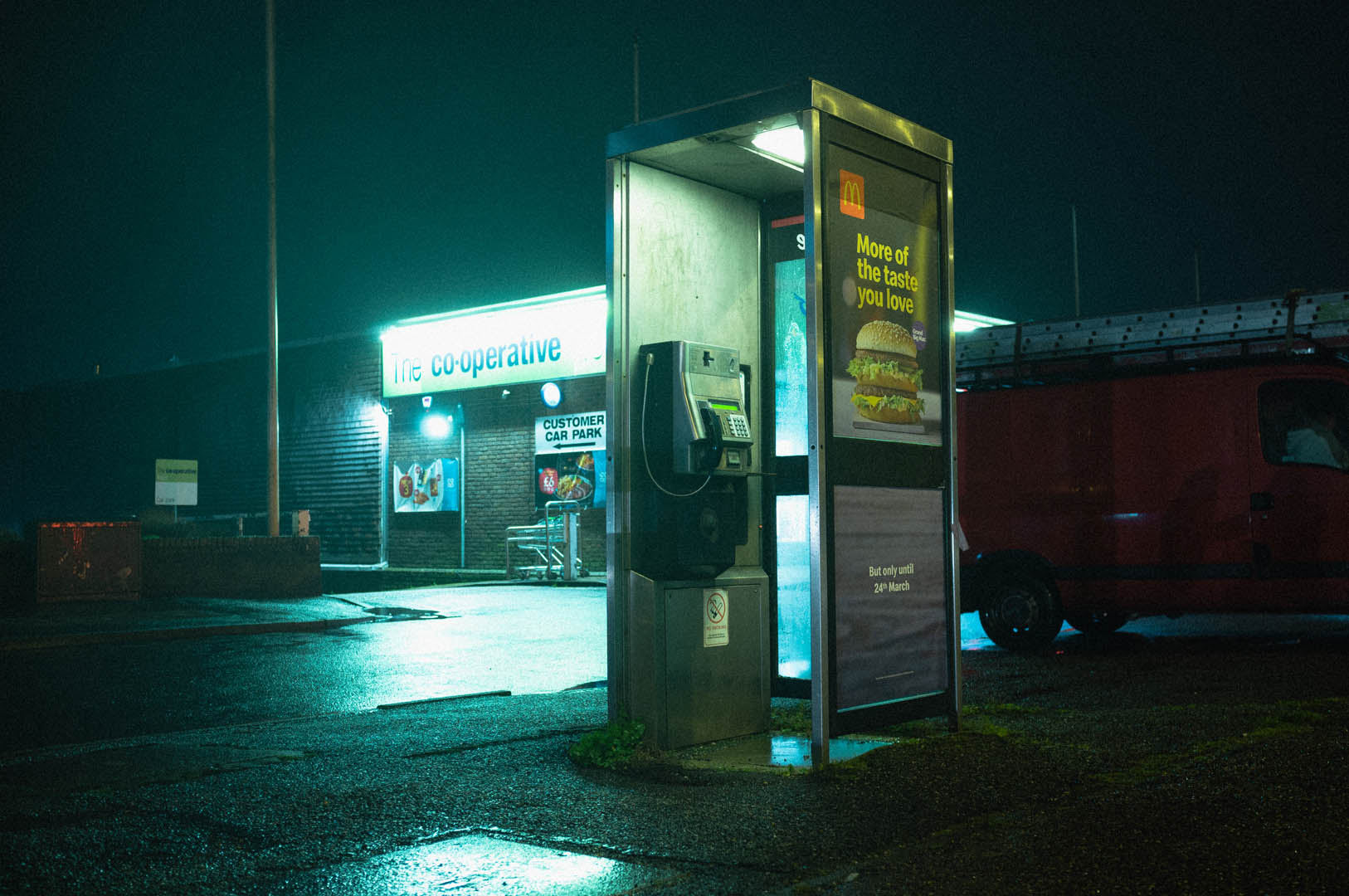
Selects: Top 10 Digital Cameras for Film-like Photography
Explore top digital cameras for film-like photography. Discover the best gear for various genres and brands, and learn why each might be right for you.
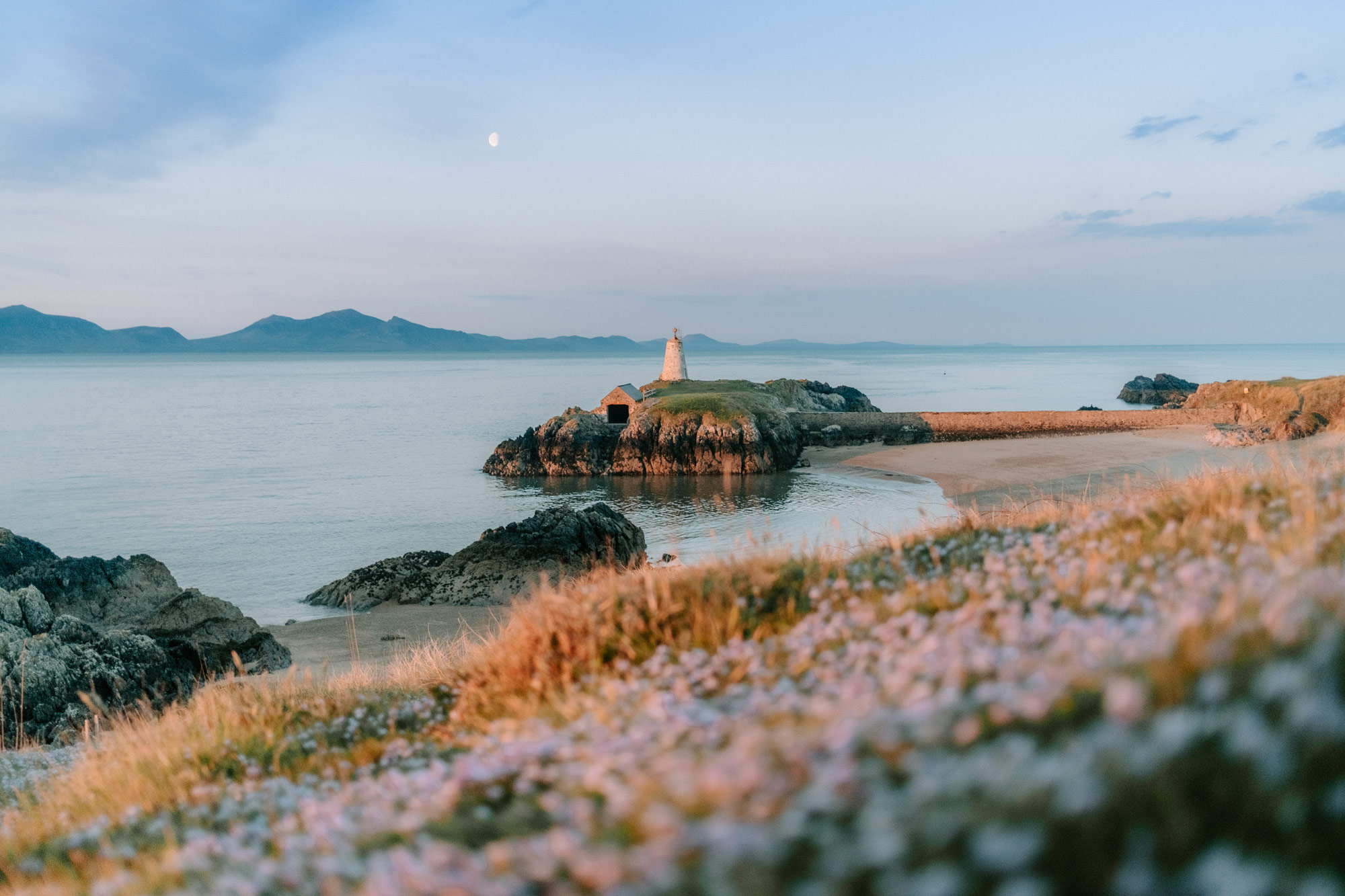
Selects: Best Compact Travel Cameras in 2025
What are the best compact cameras for travel photography? Here are our top five compact camera recommendations for any budget.
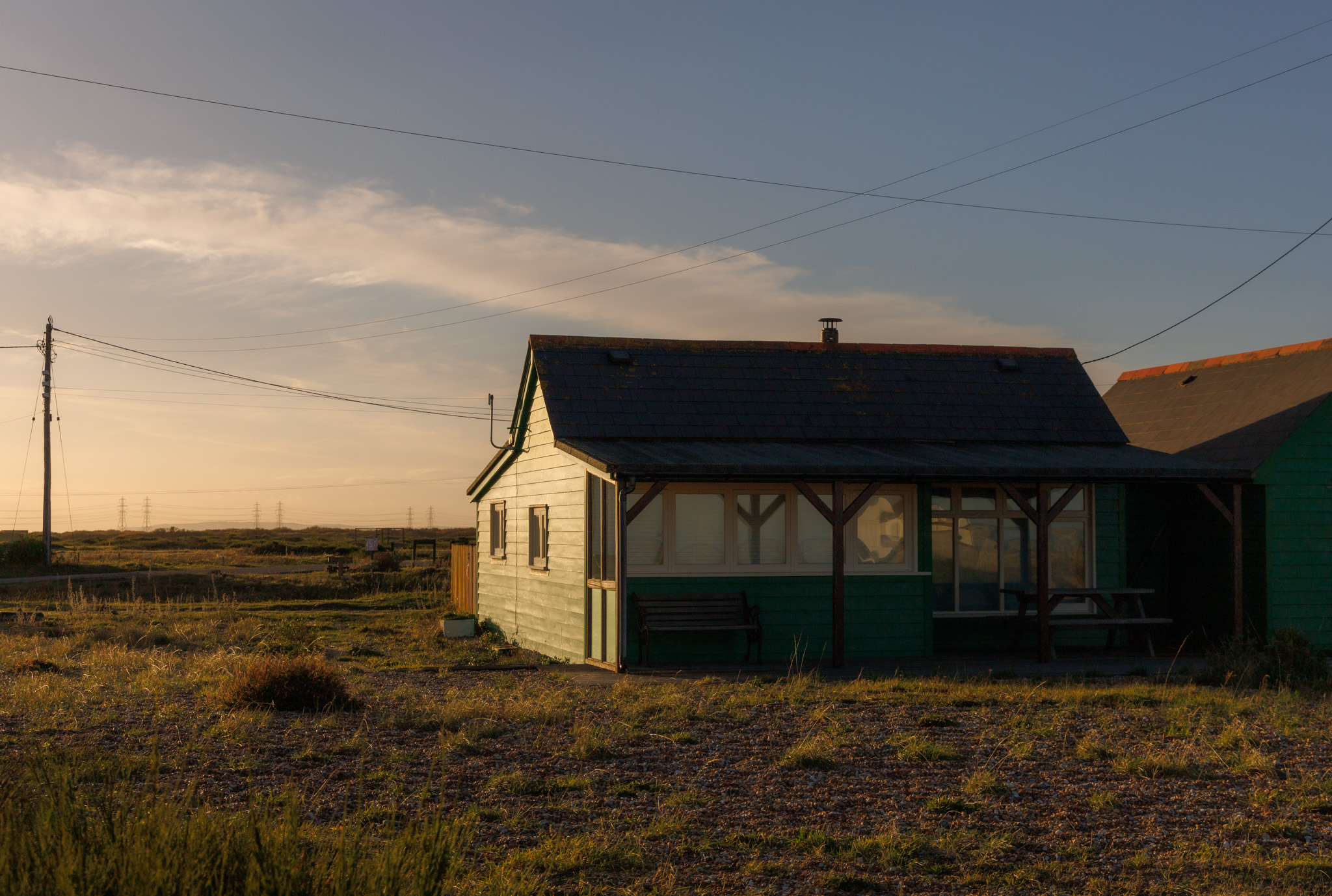
Selects: Top 9 Mirrorless Cameras for Travel Photography
What are the best mirrorless cameras for travel photography? Here are our top recommendations for any budget or category.